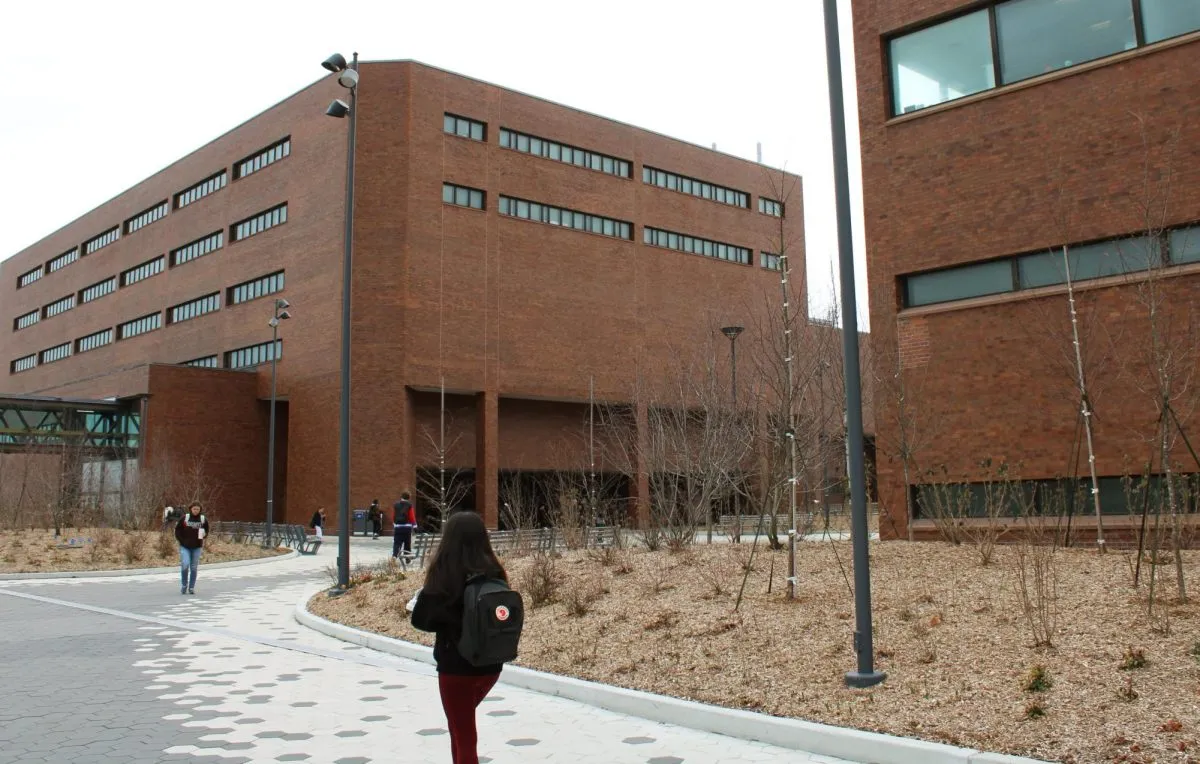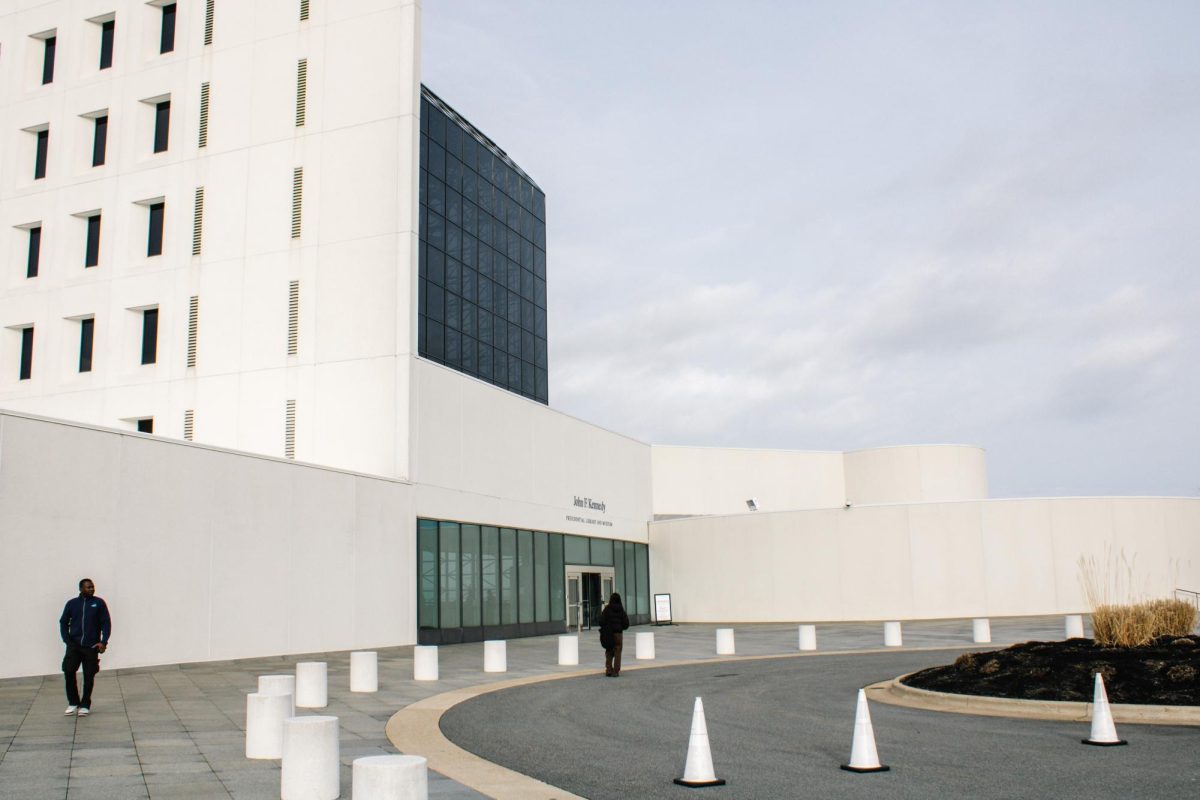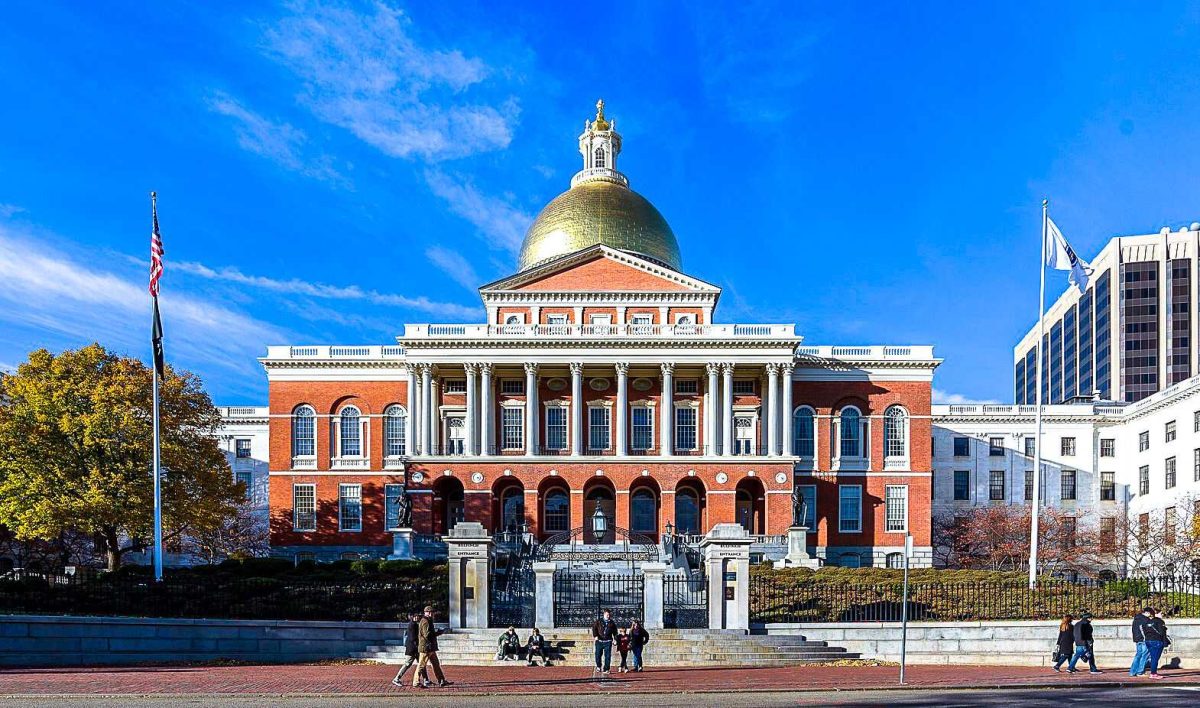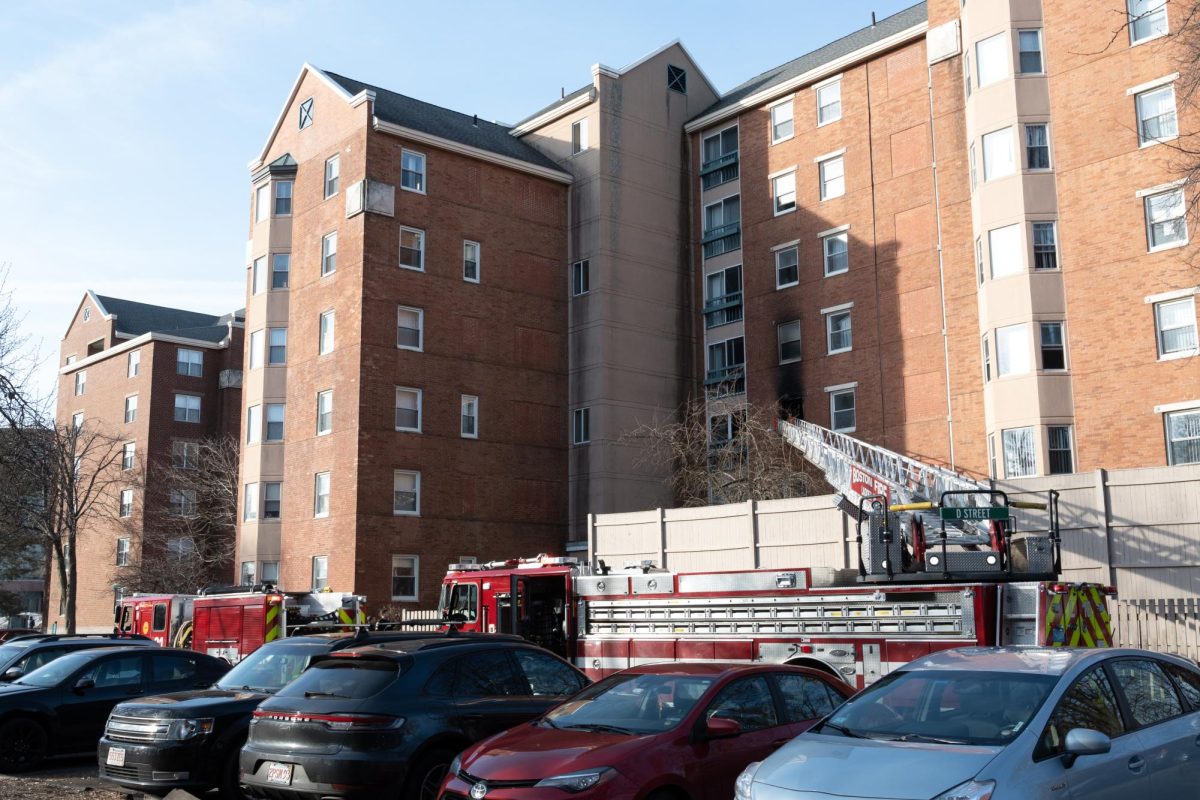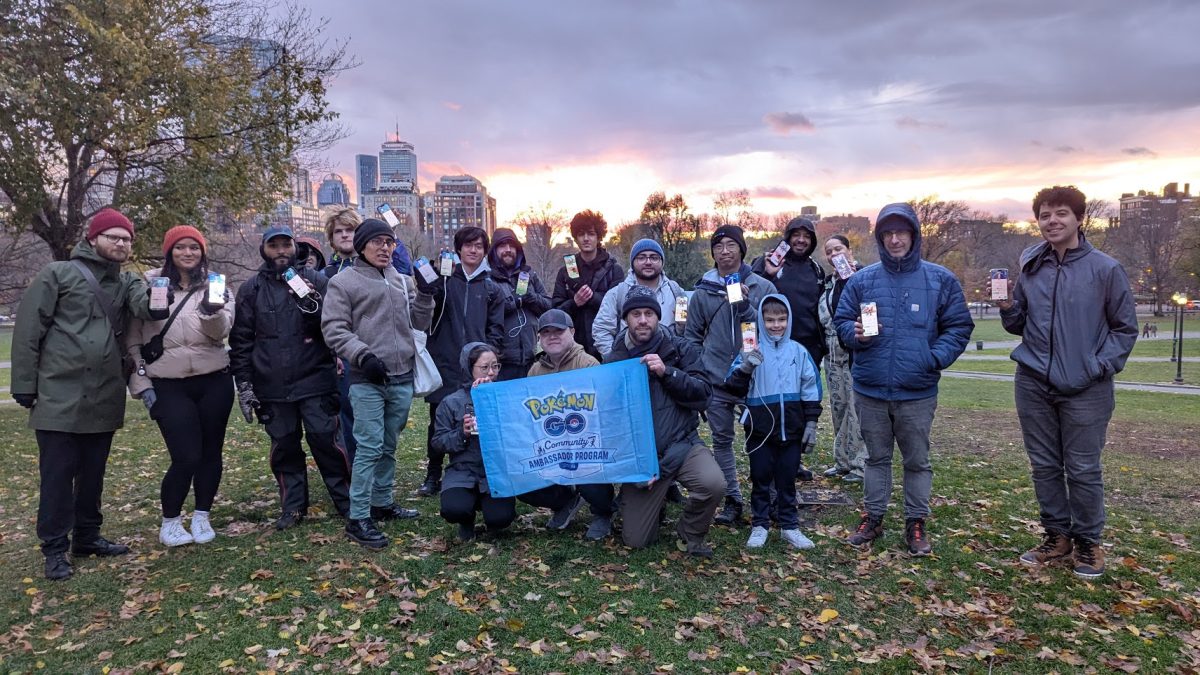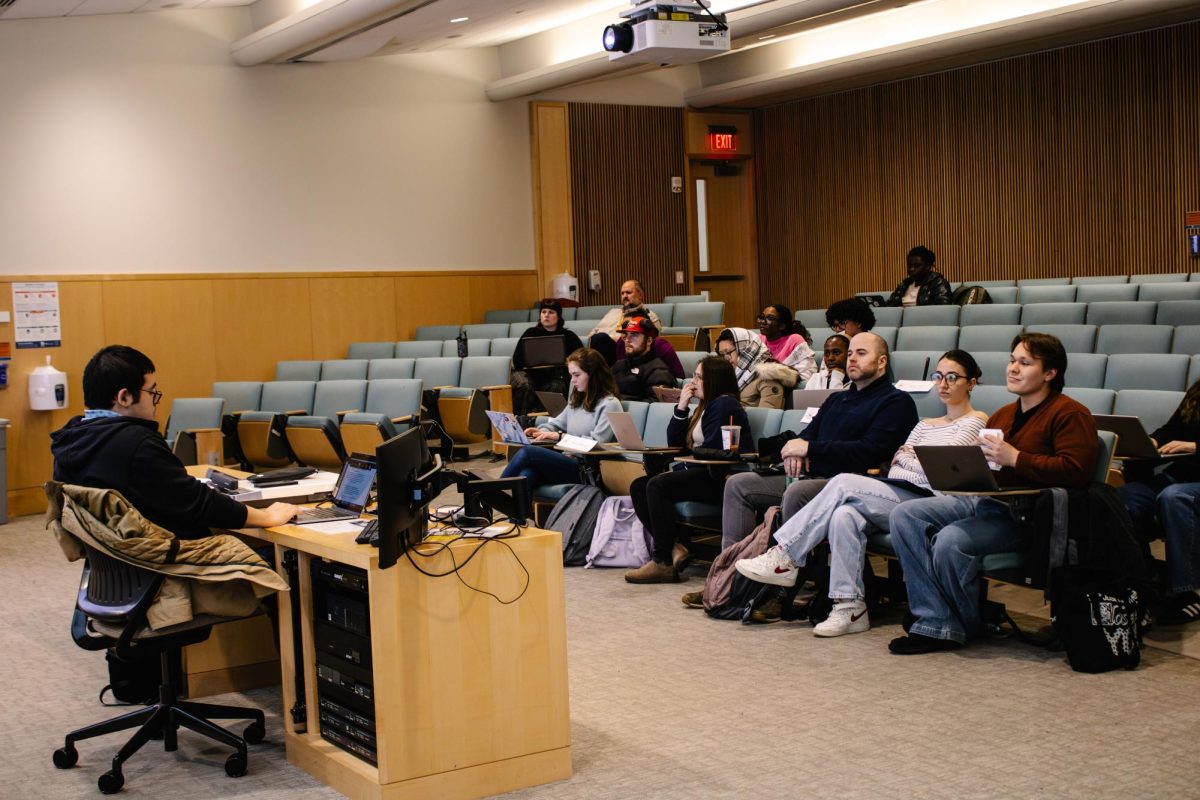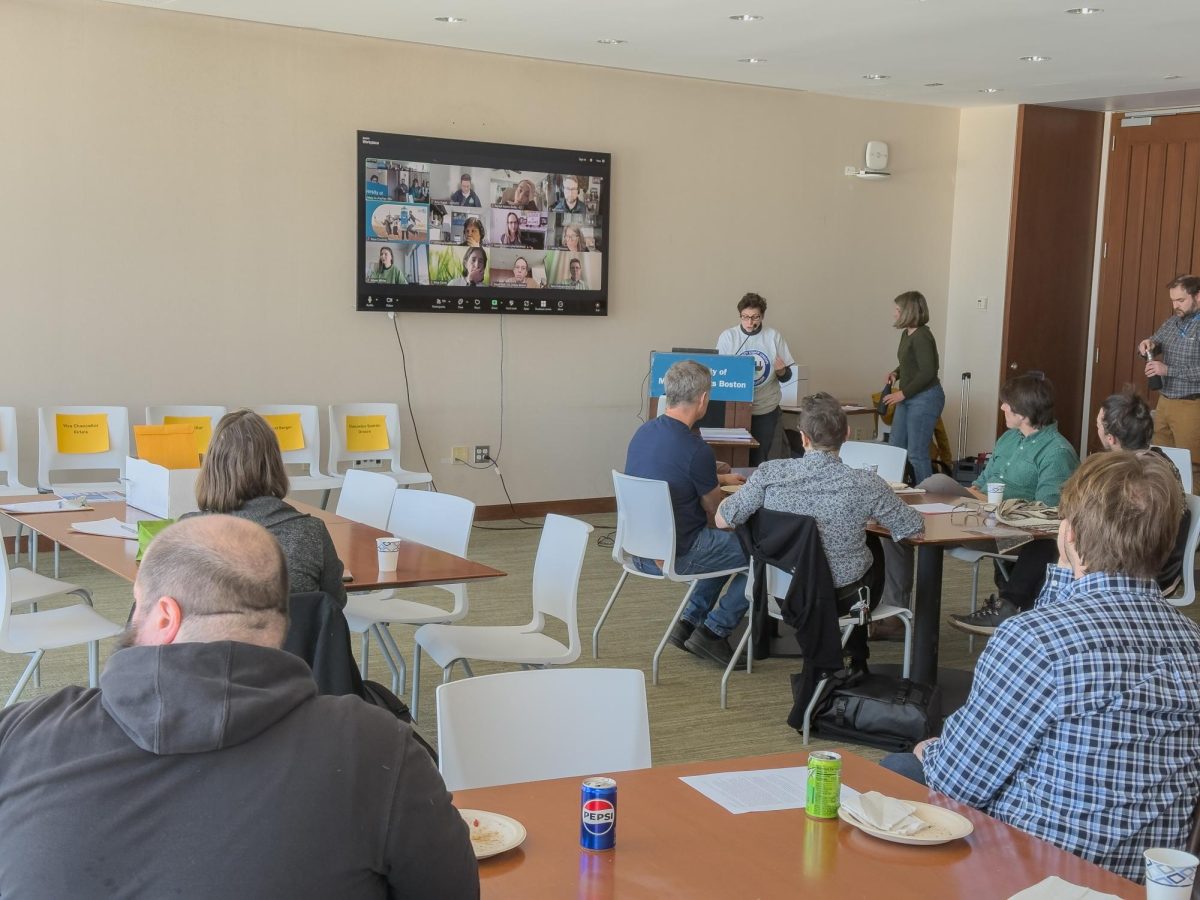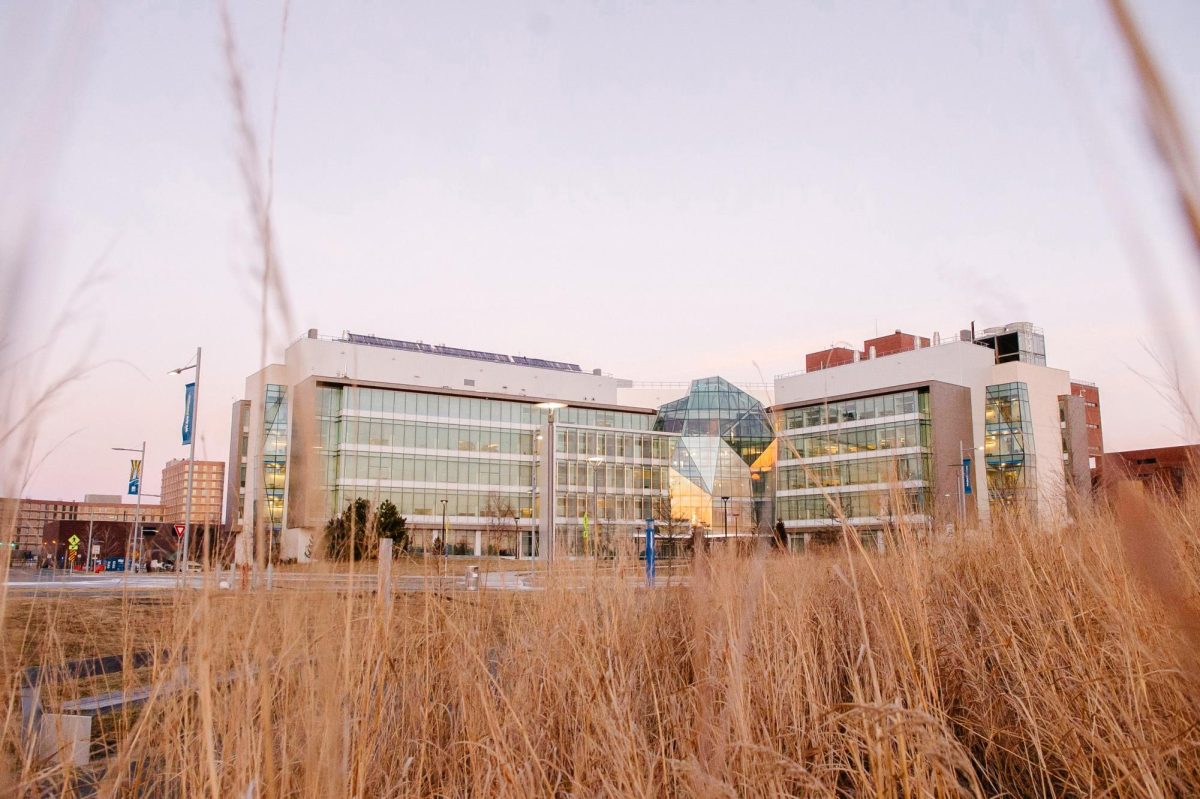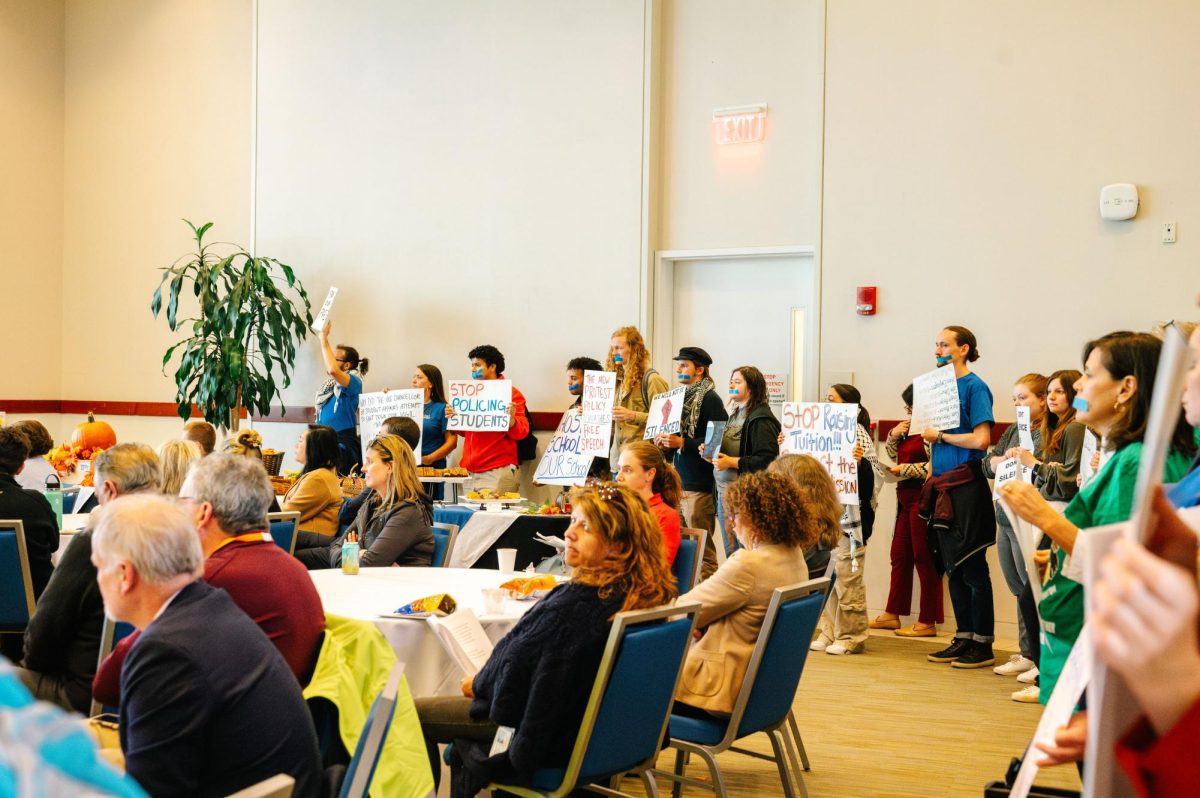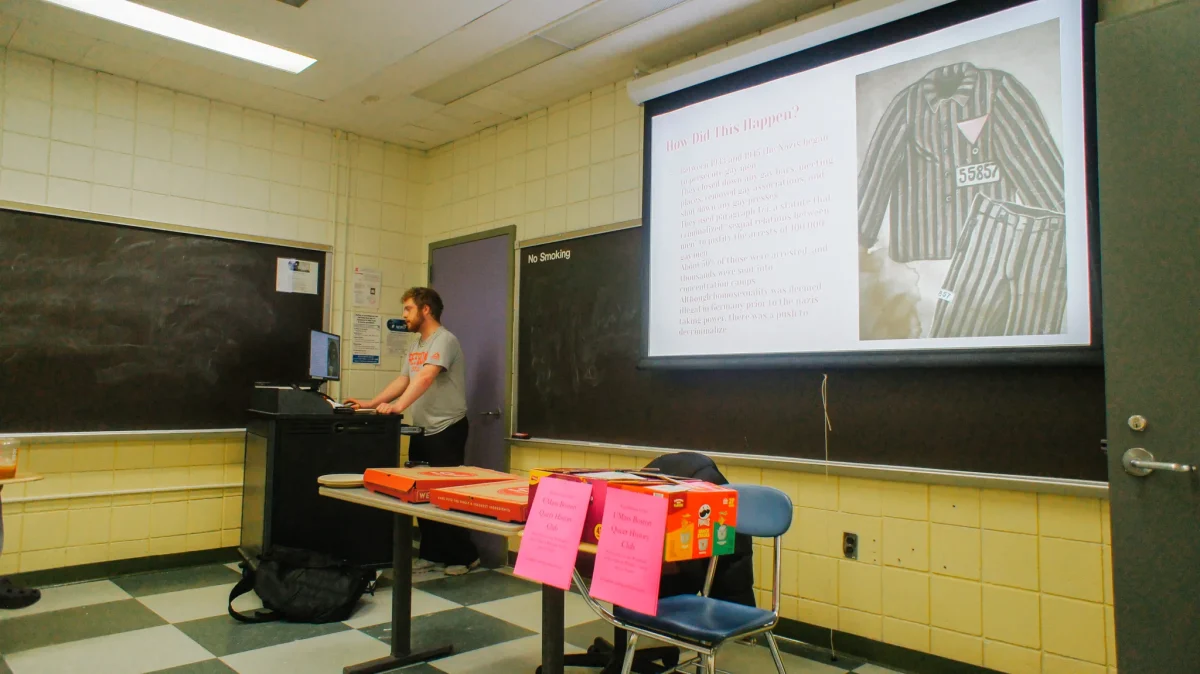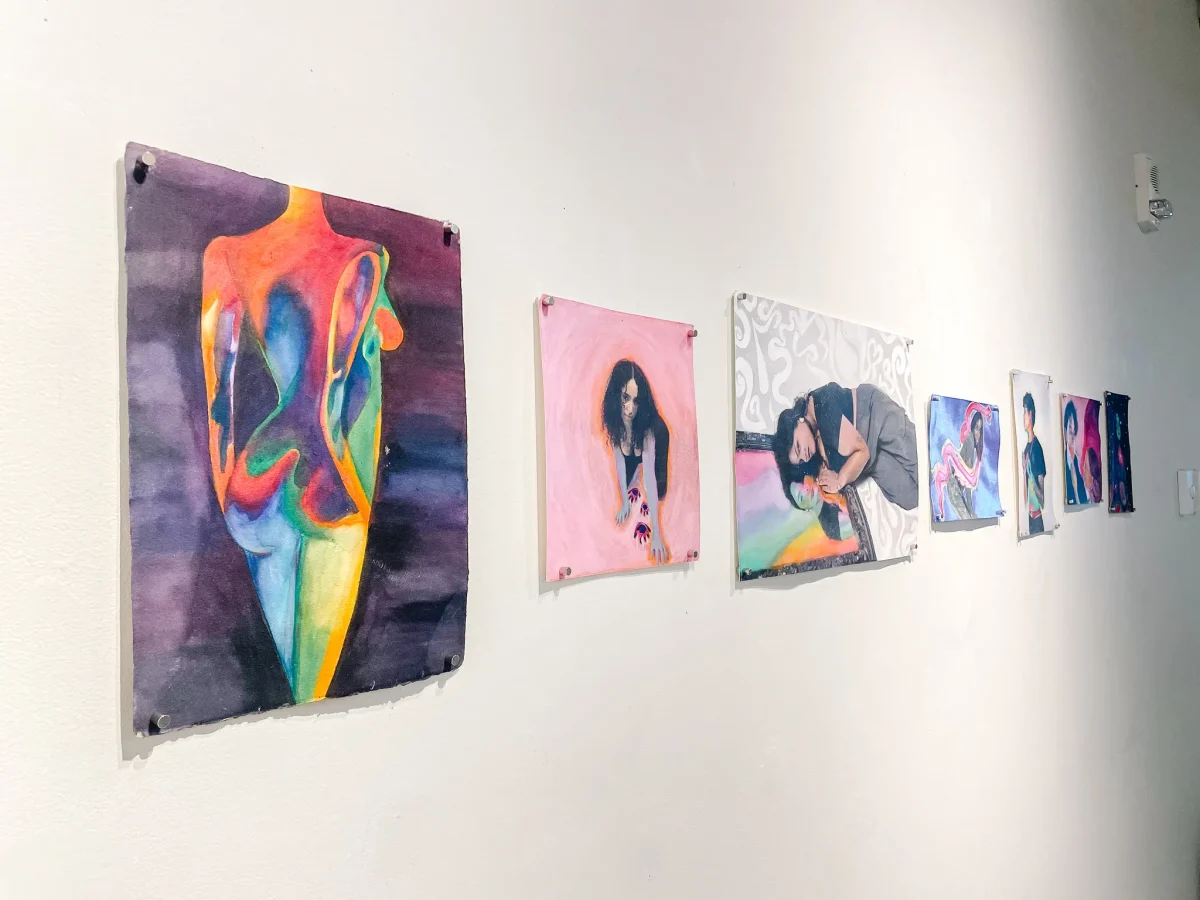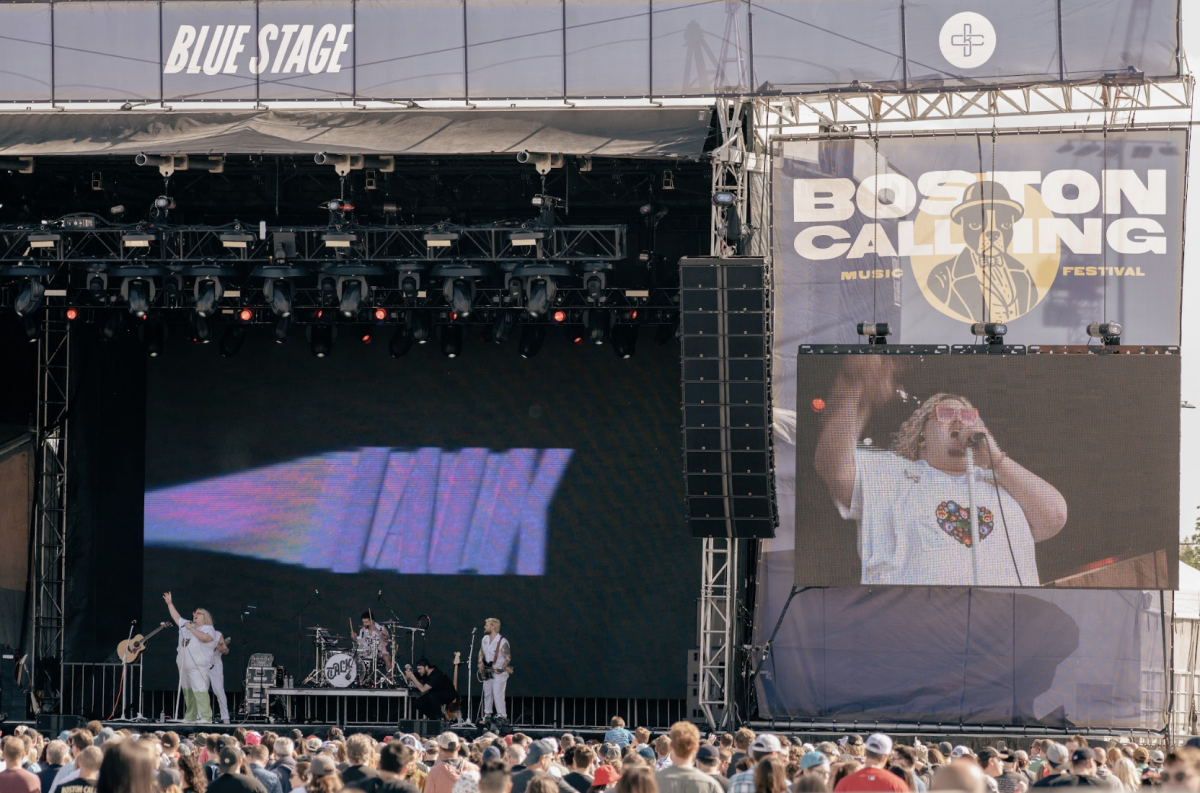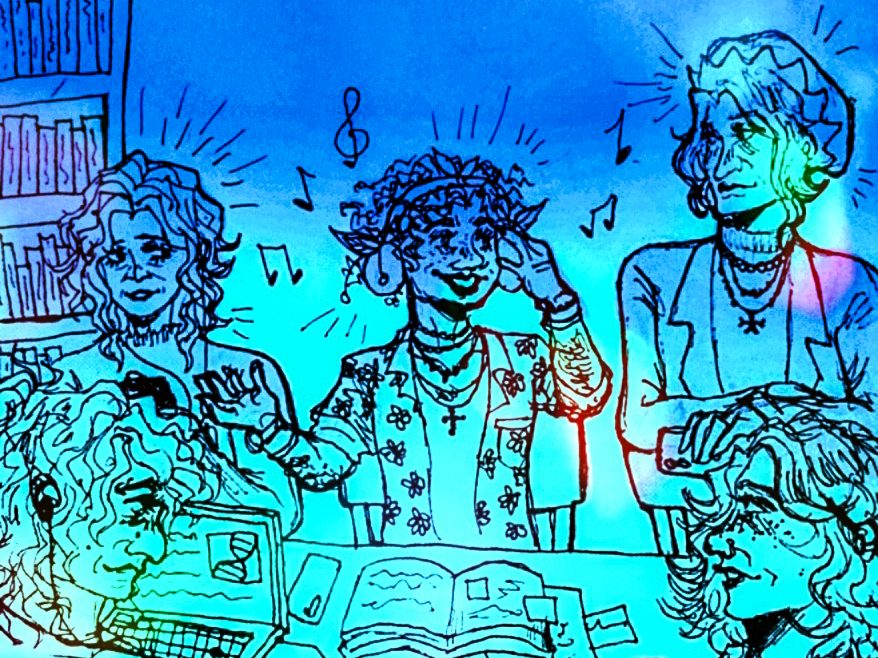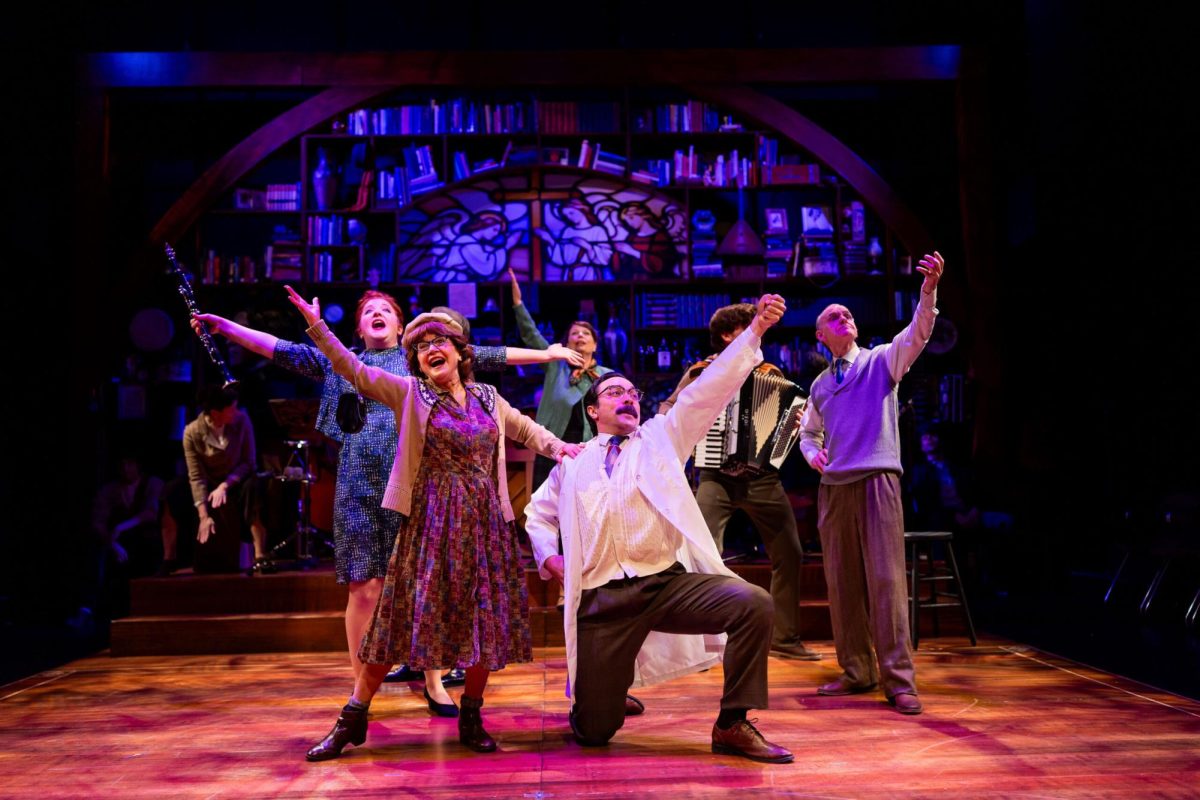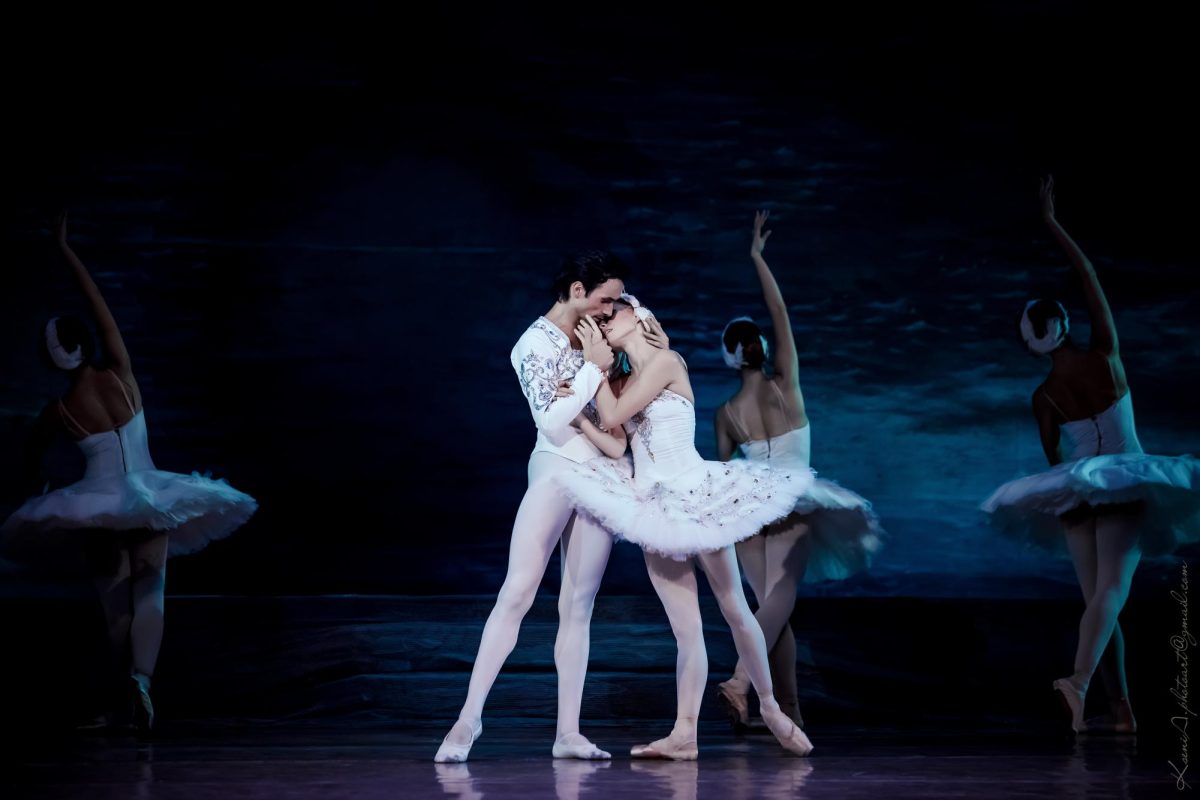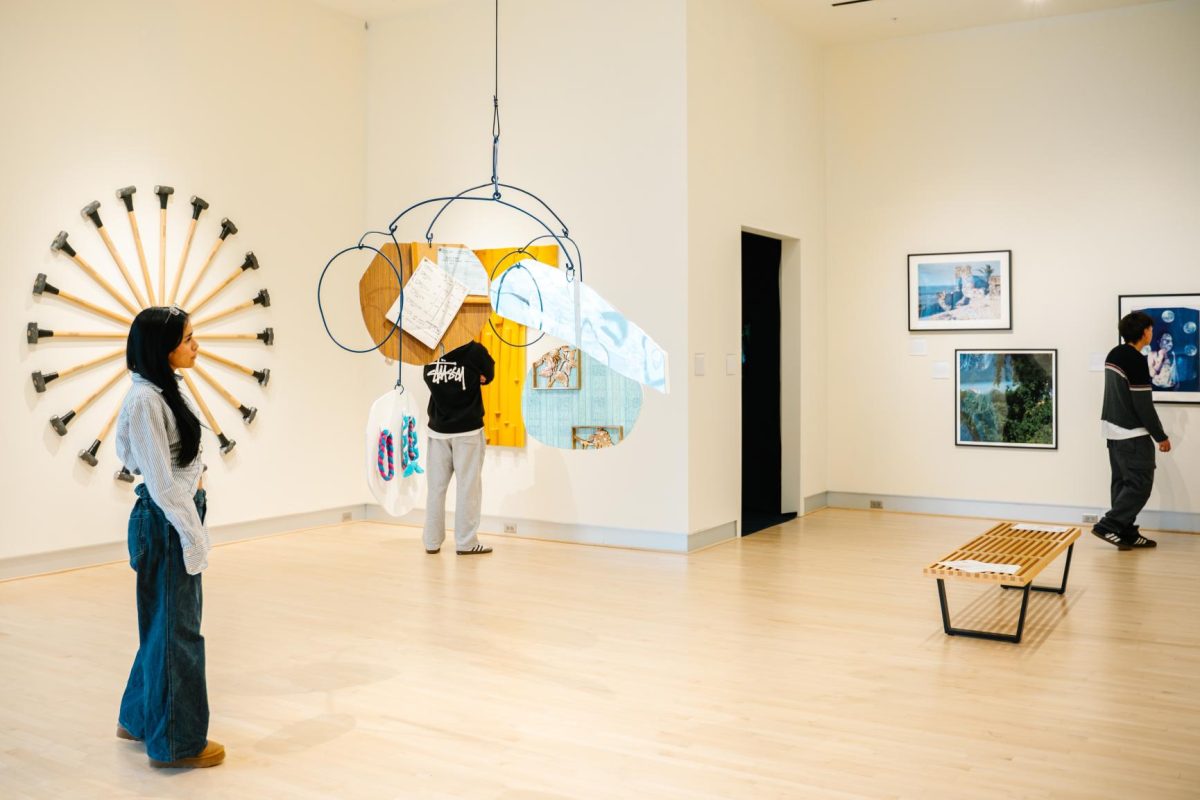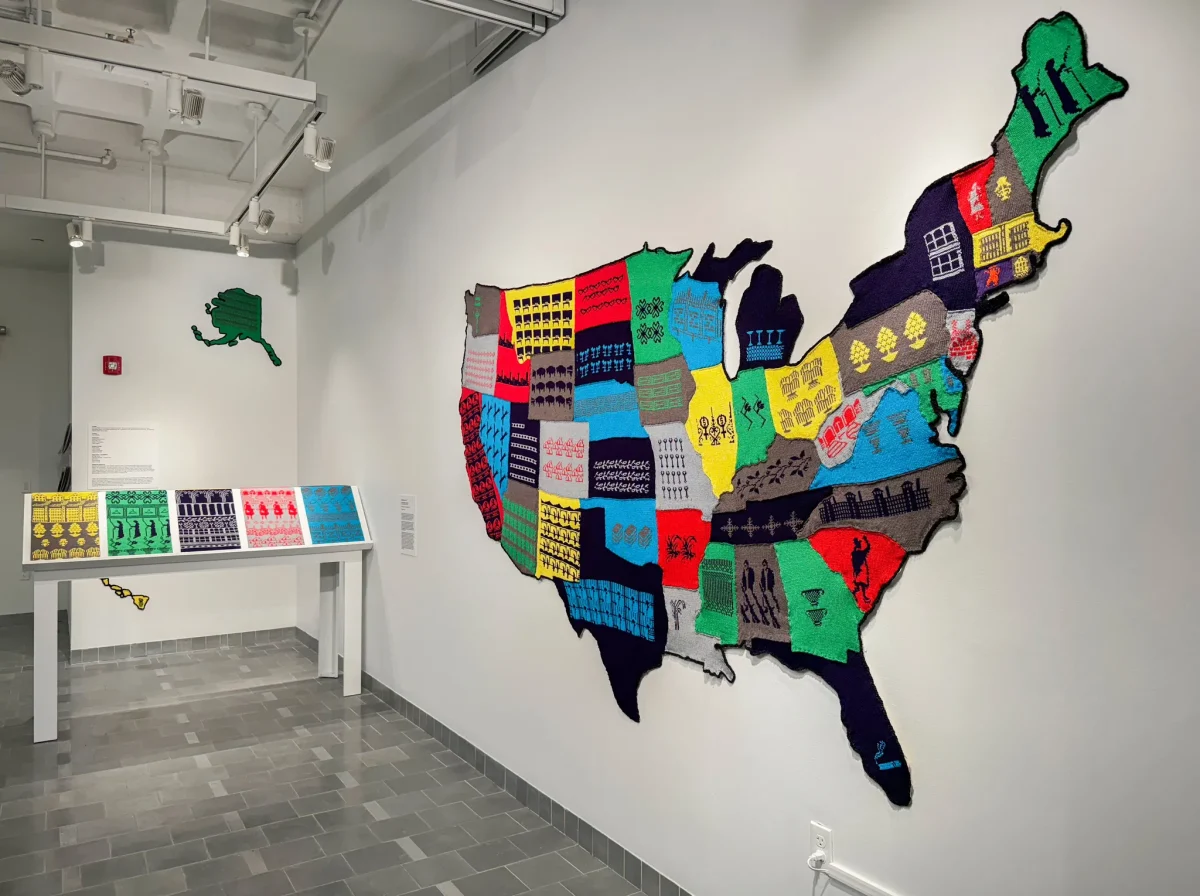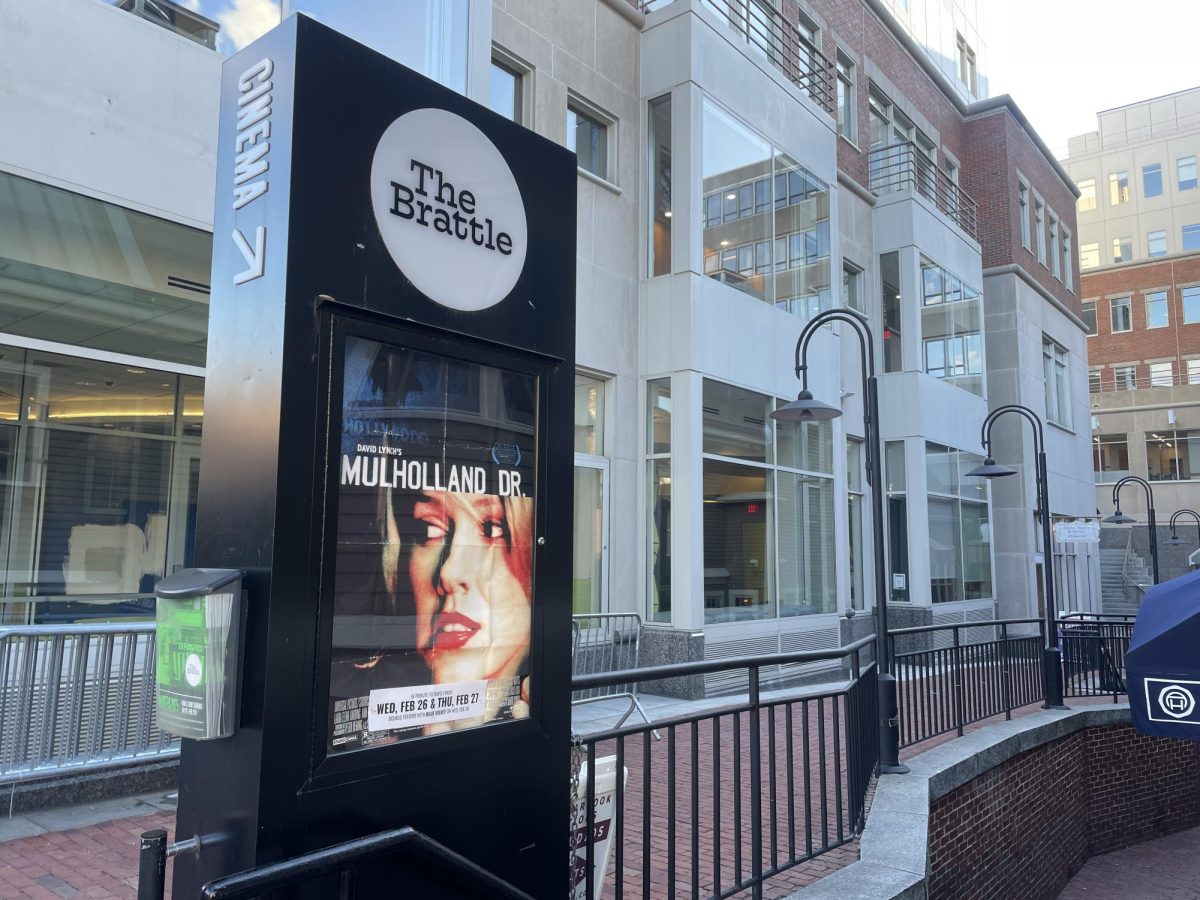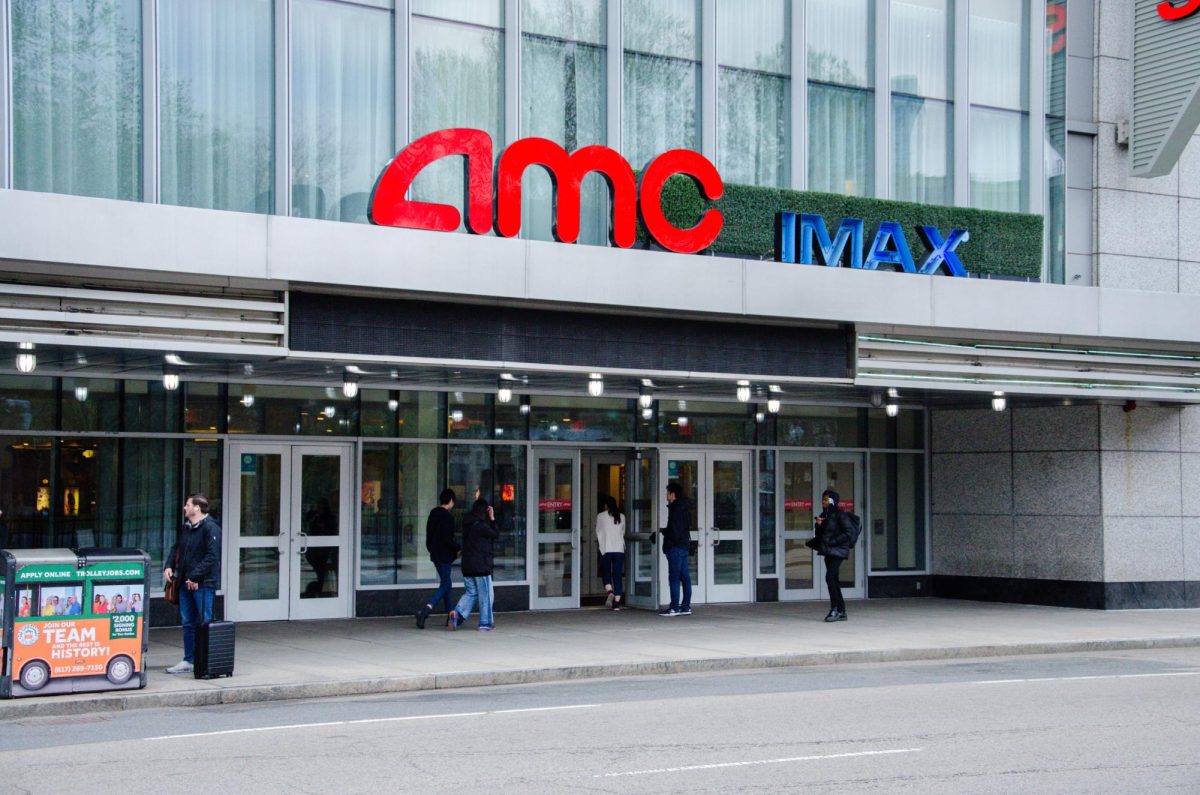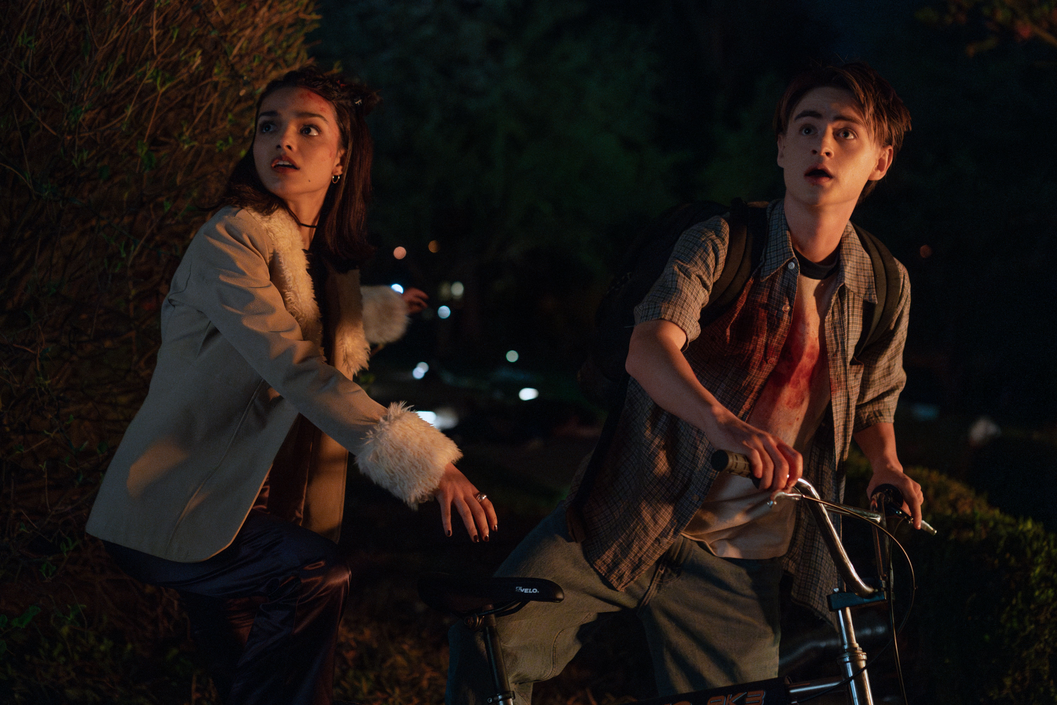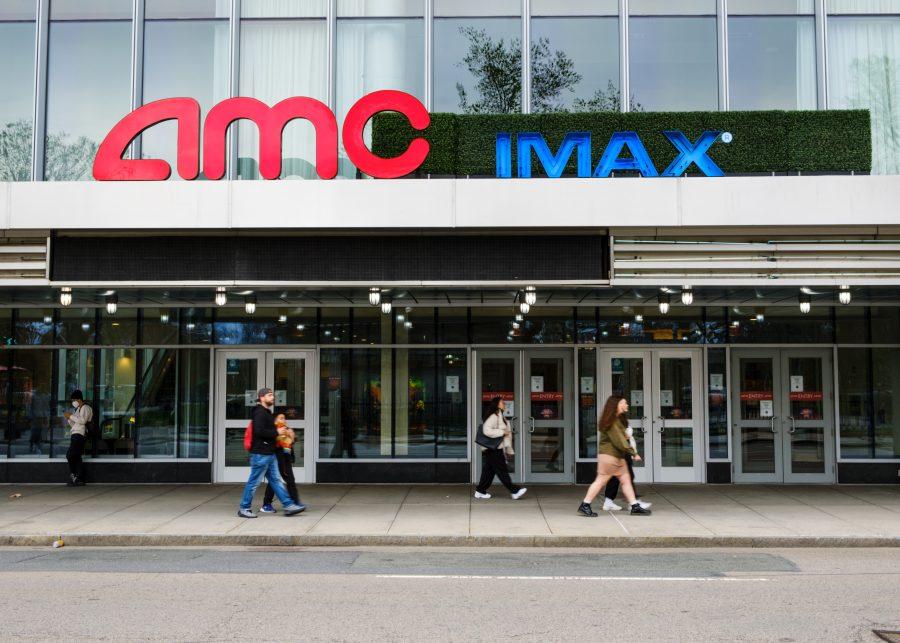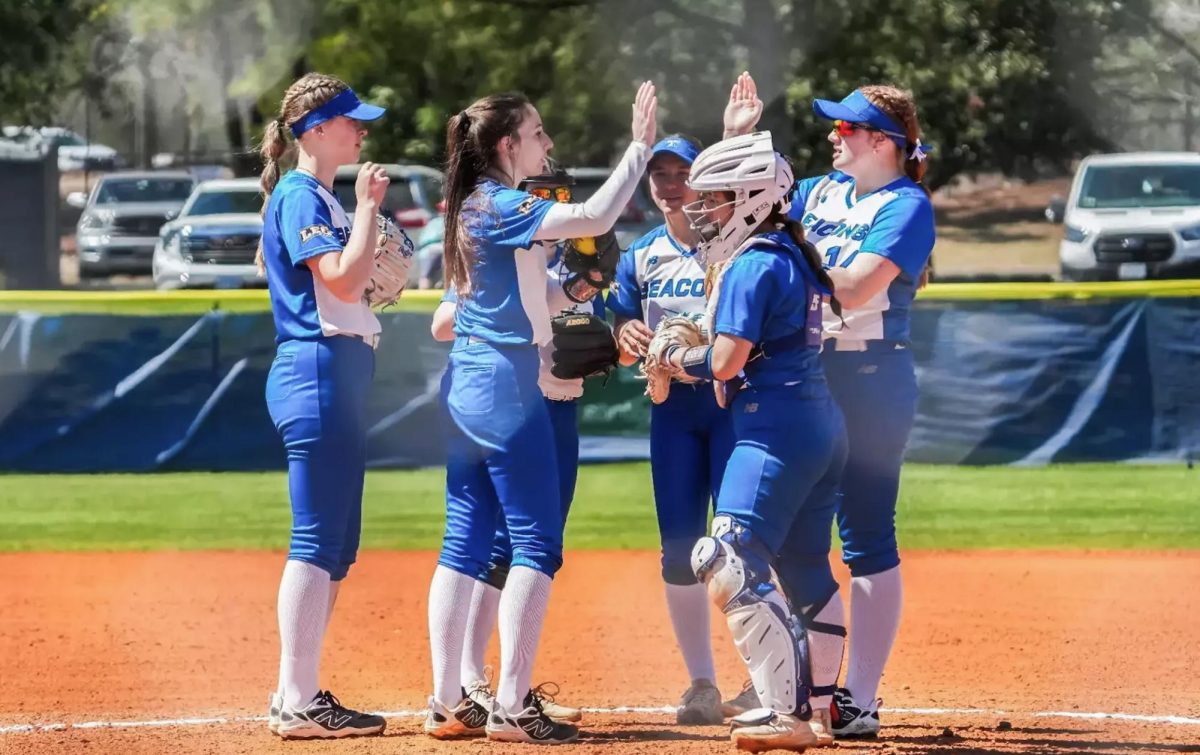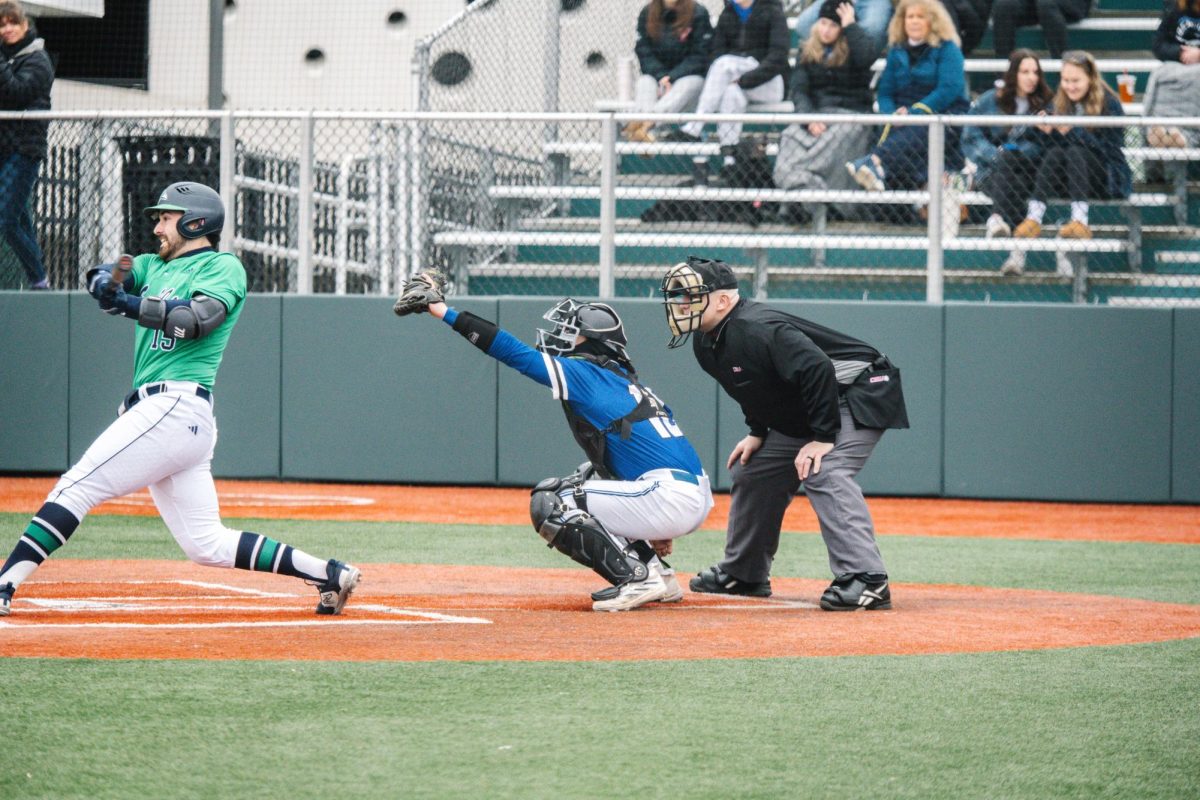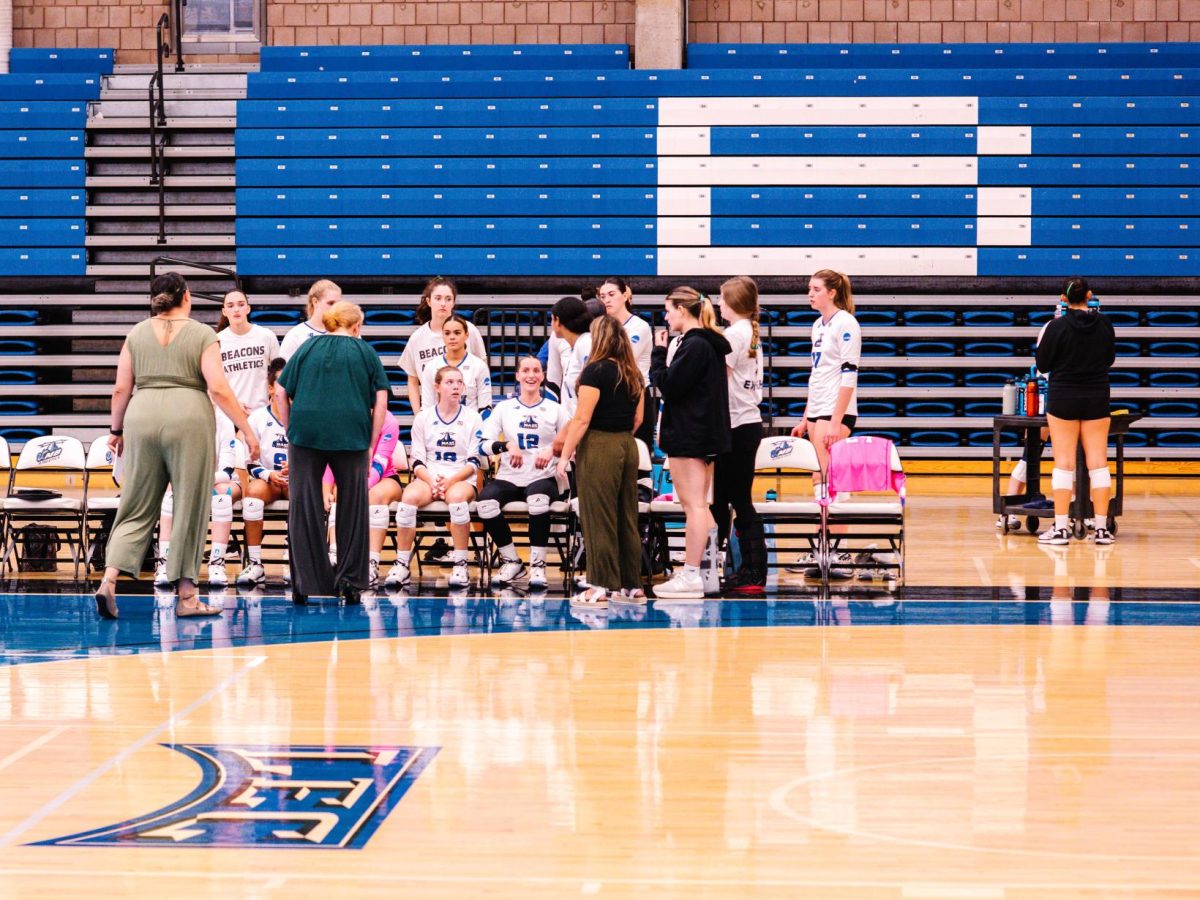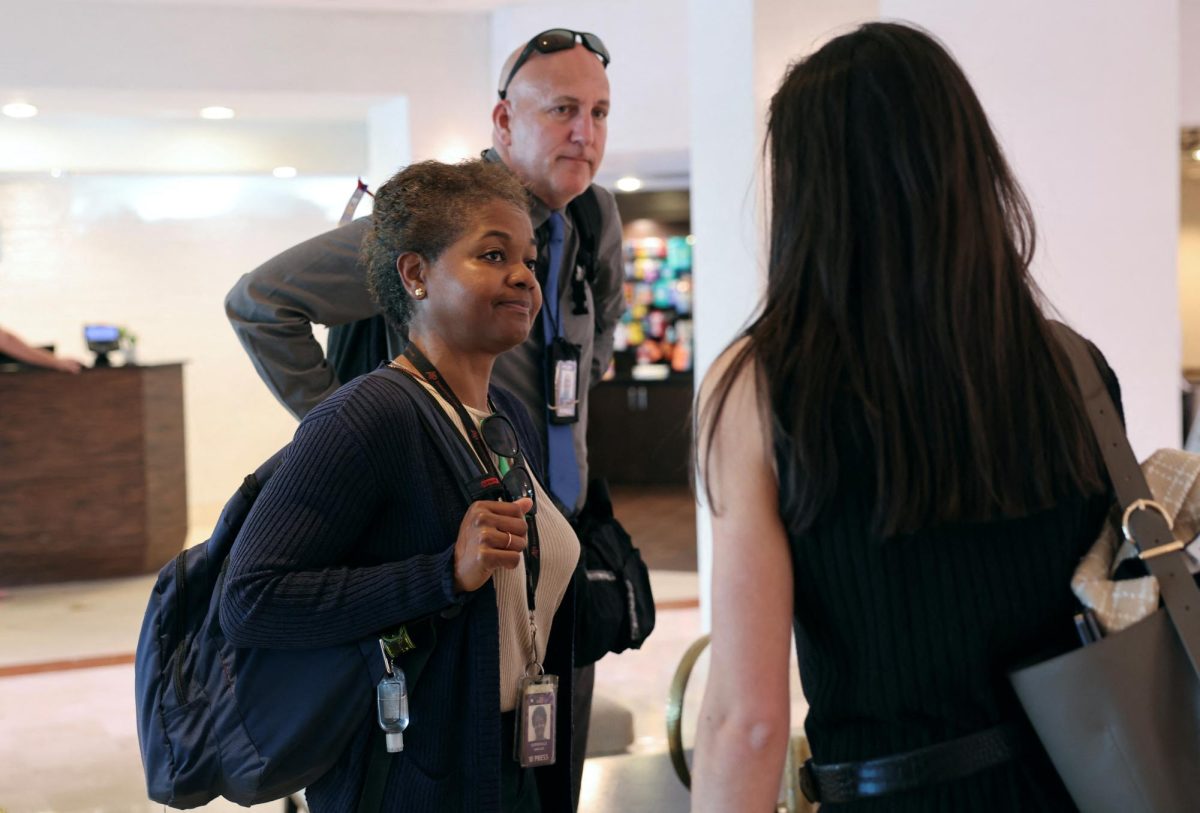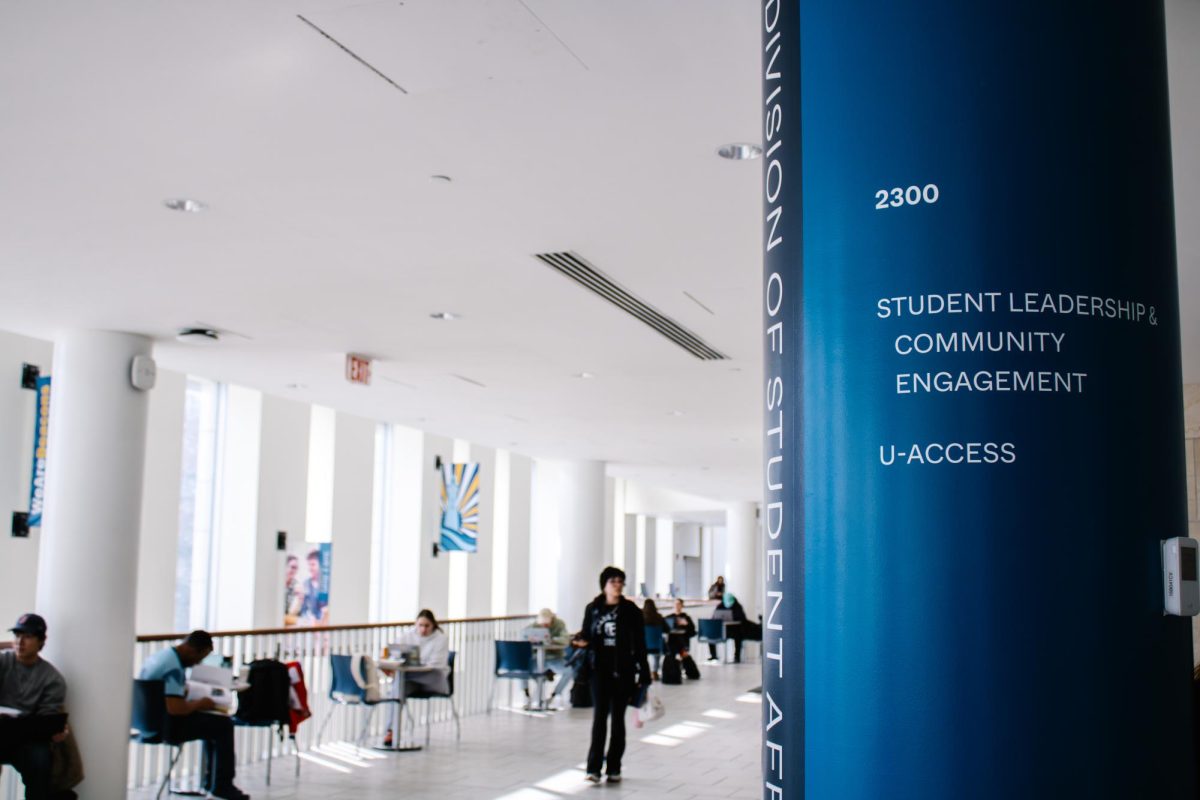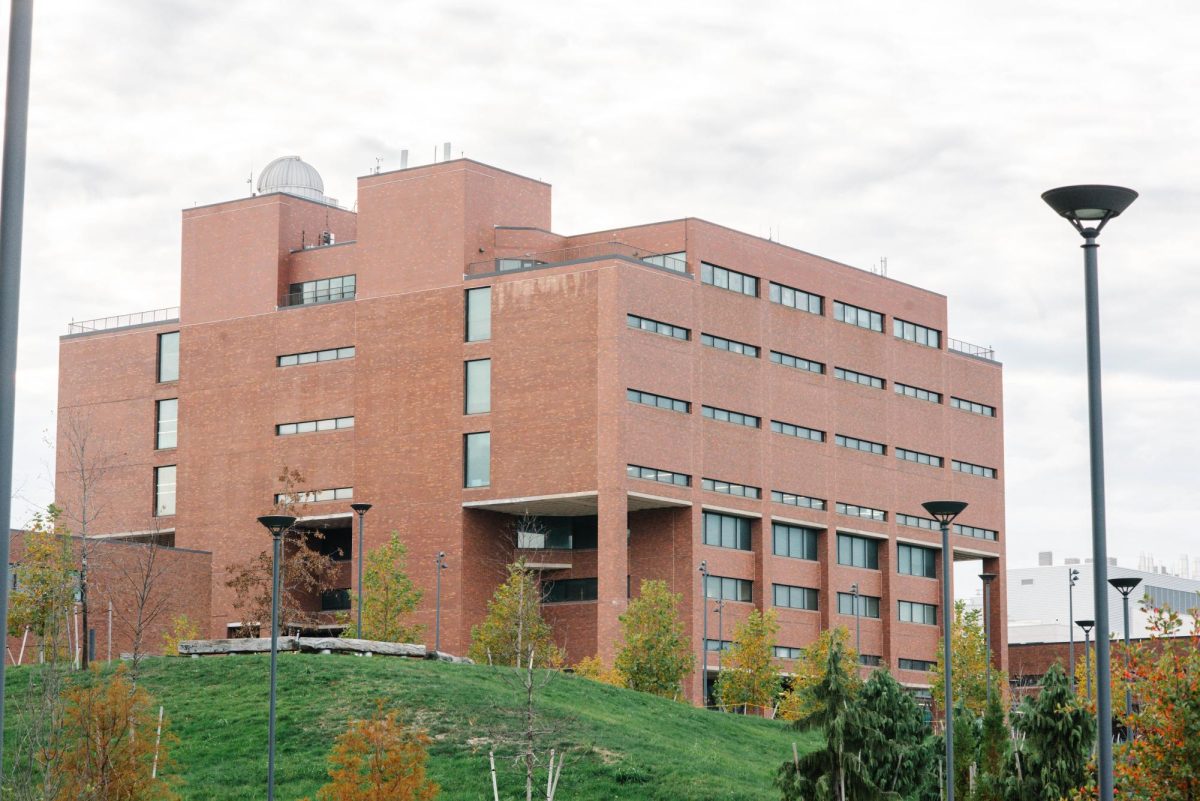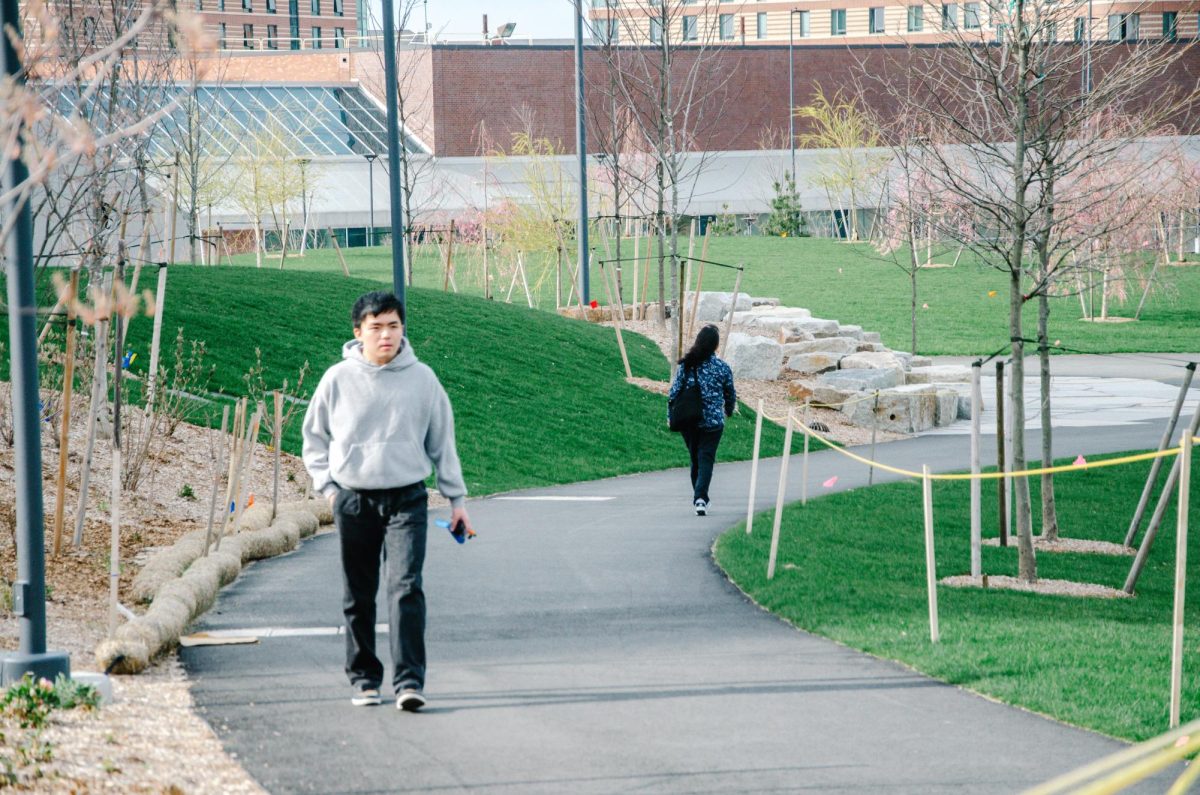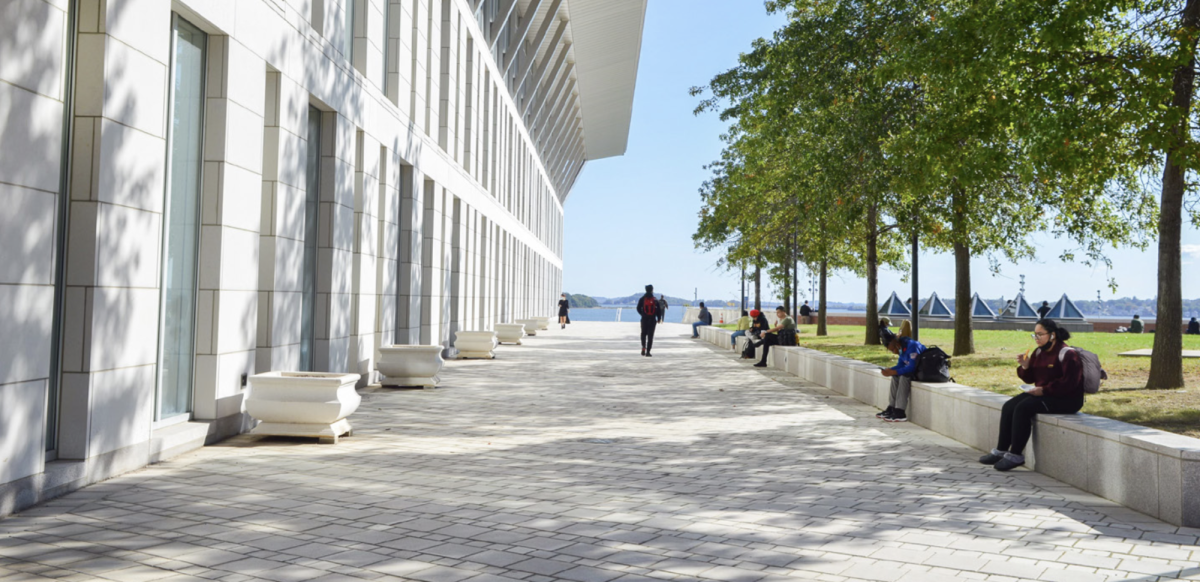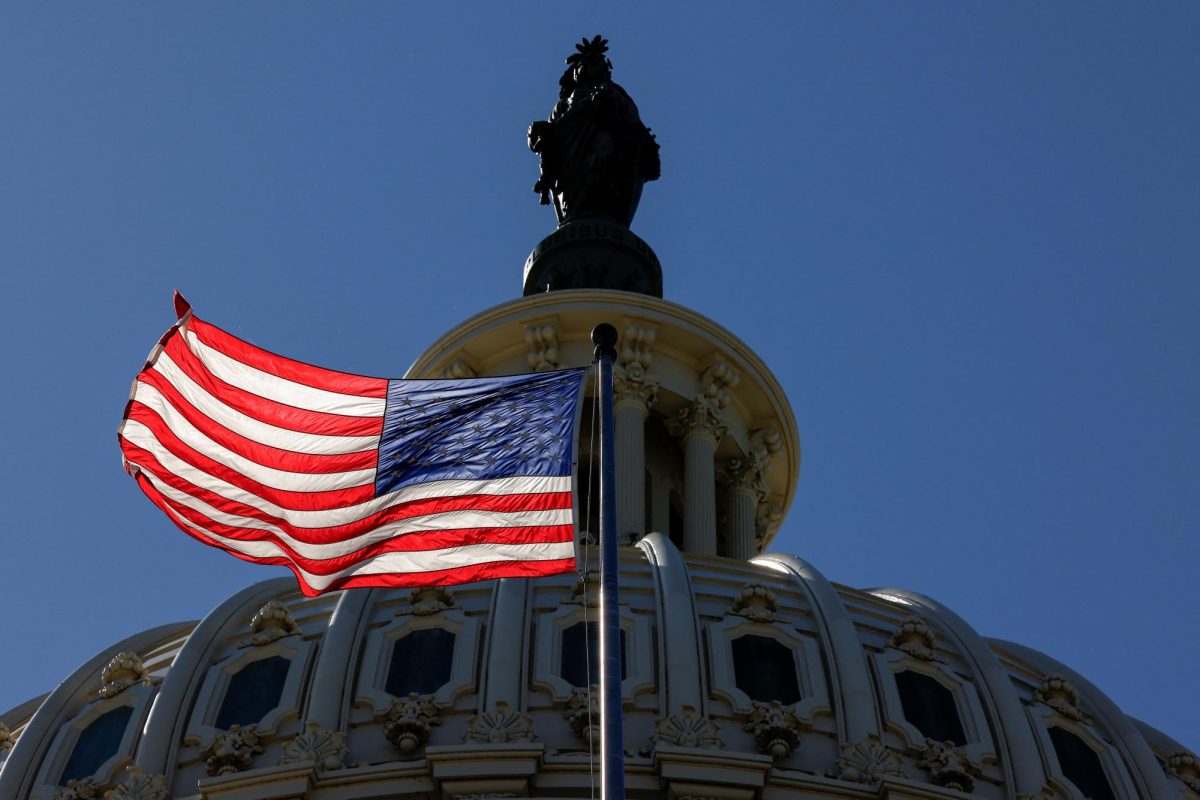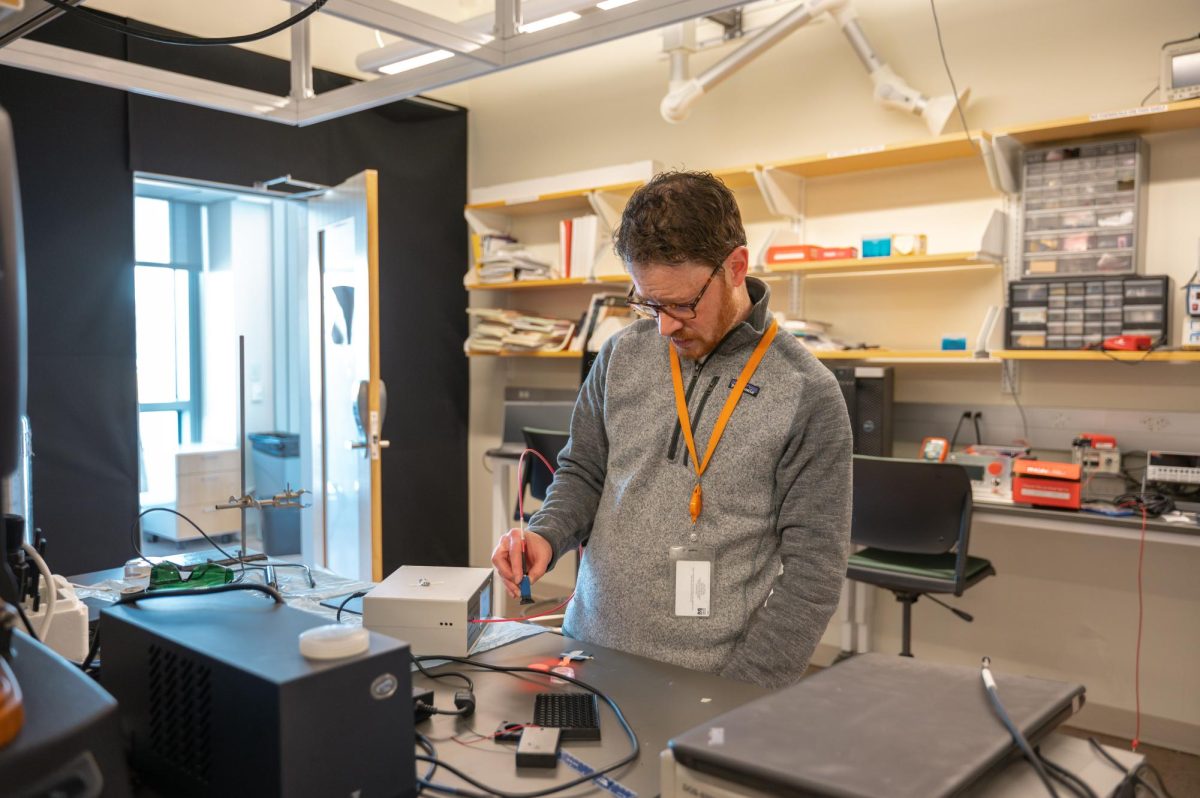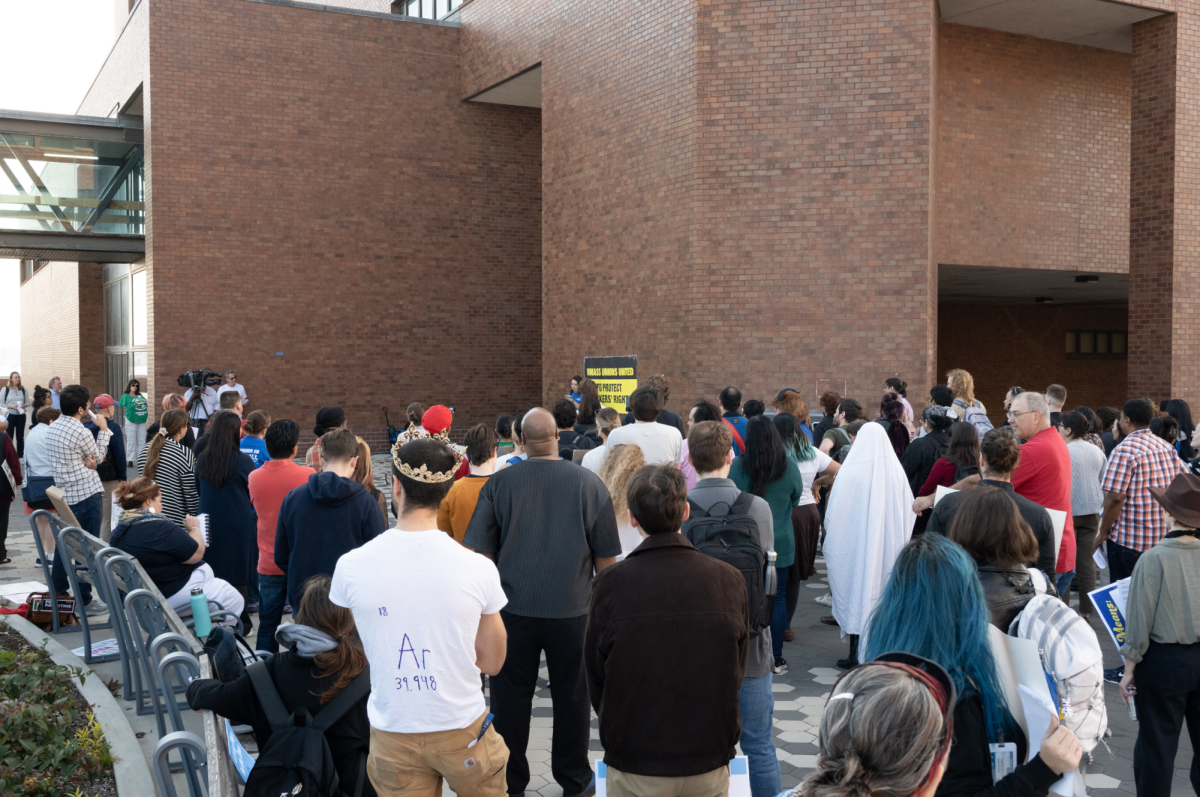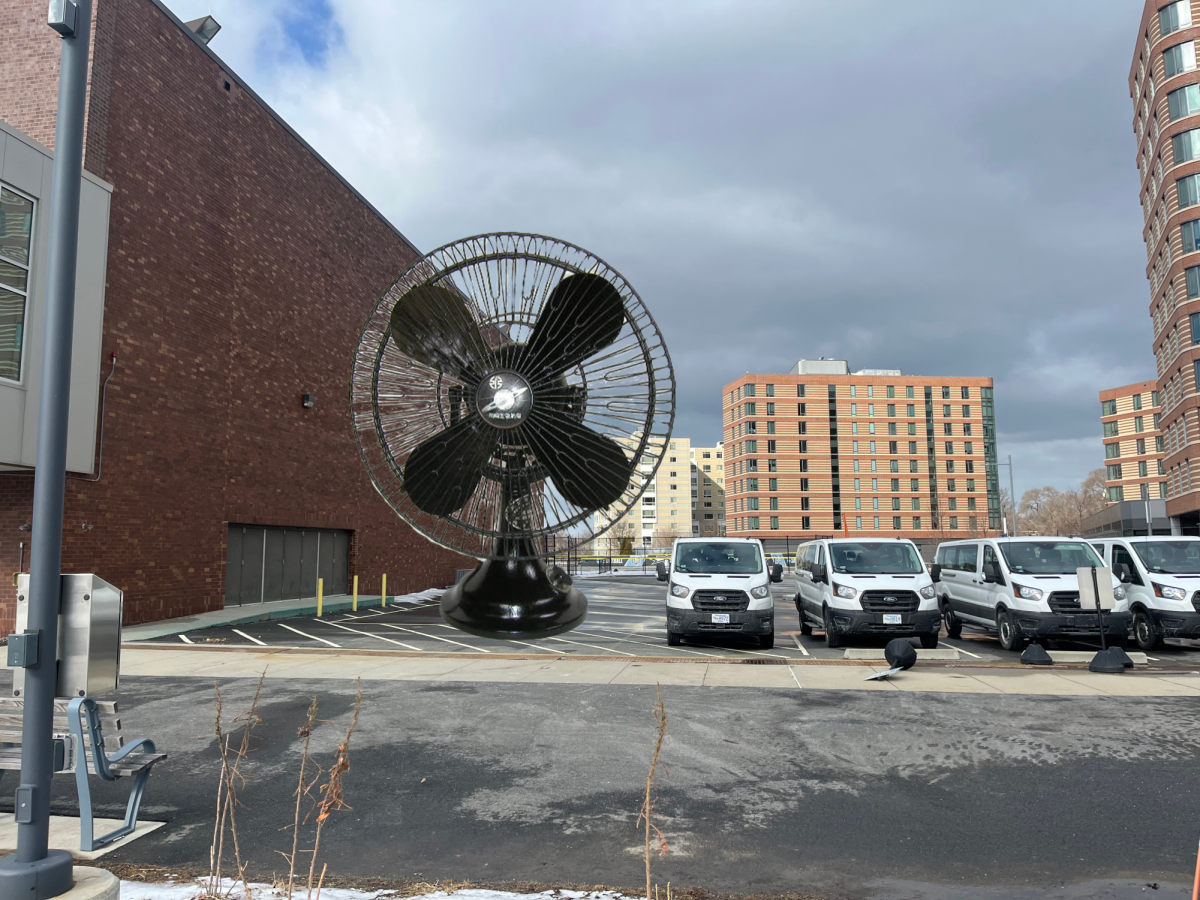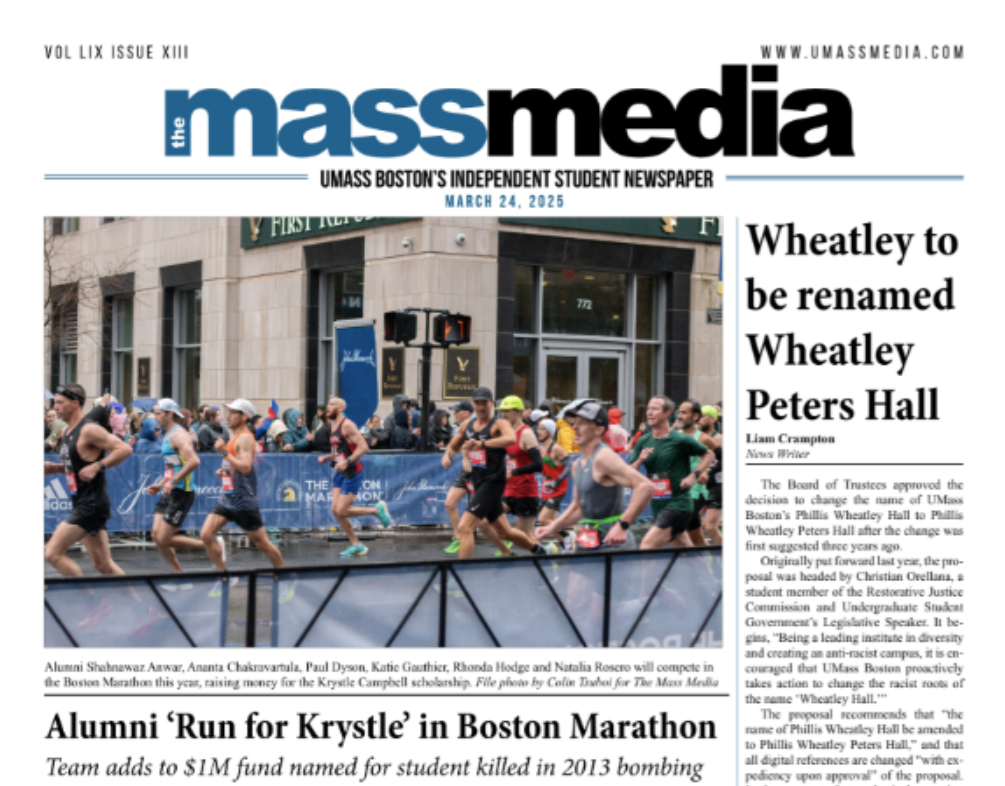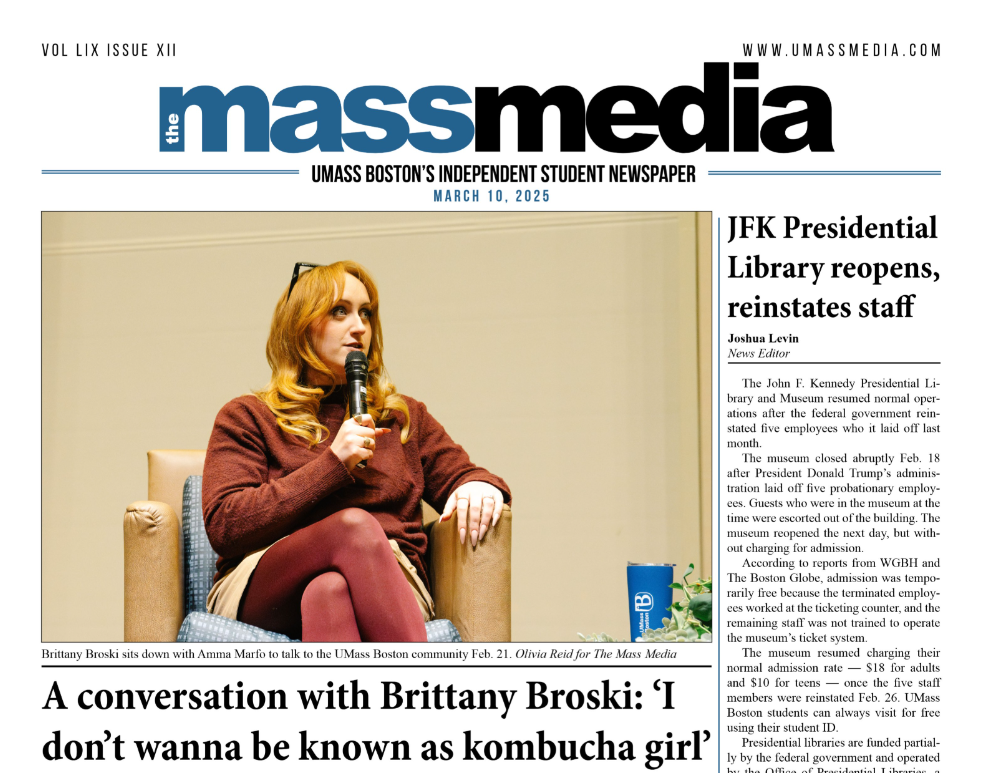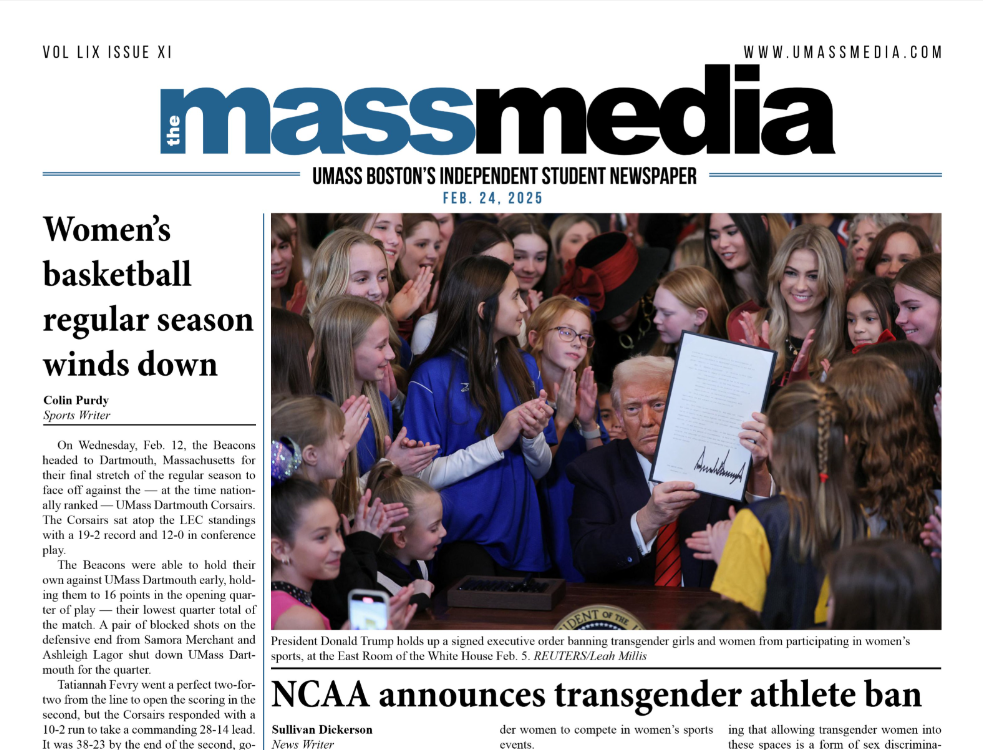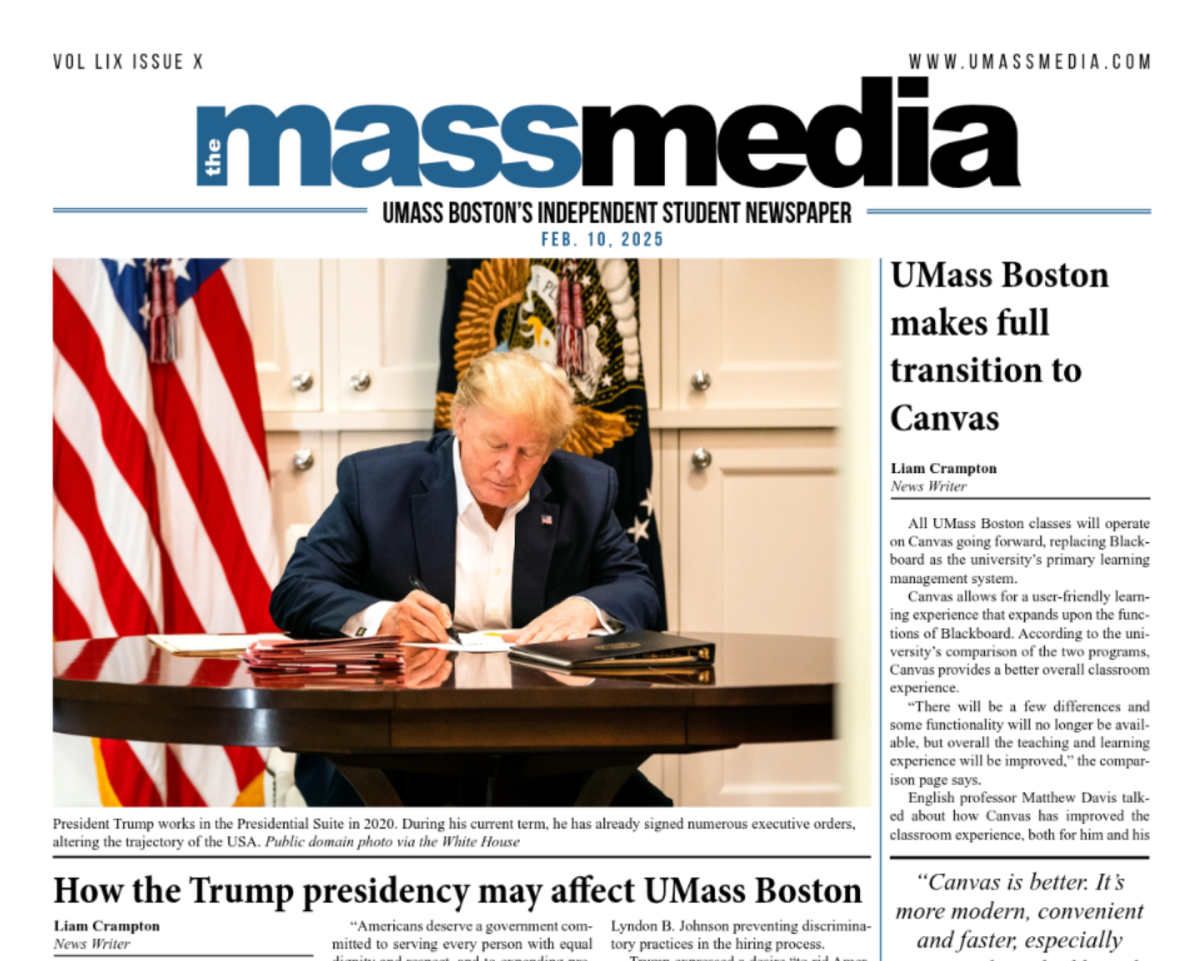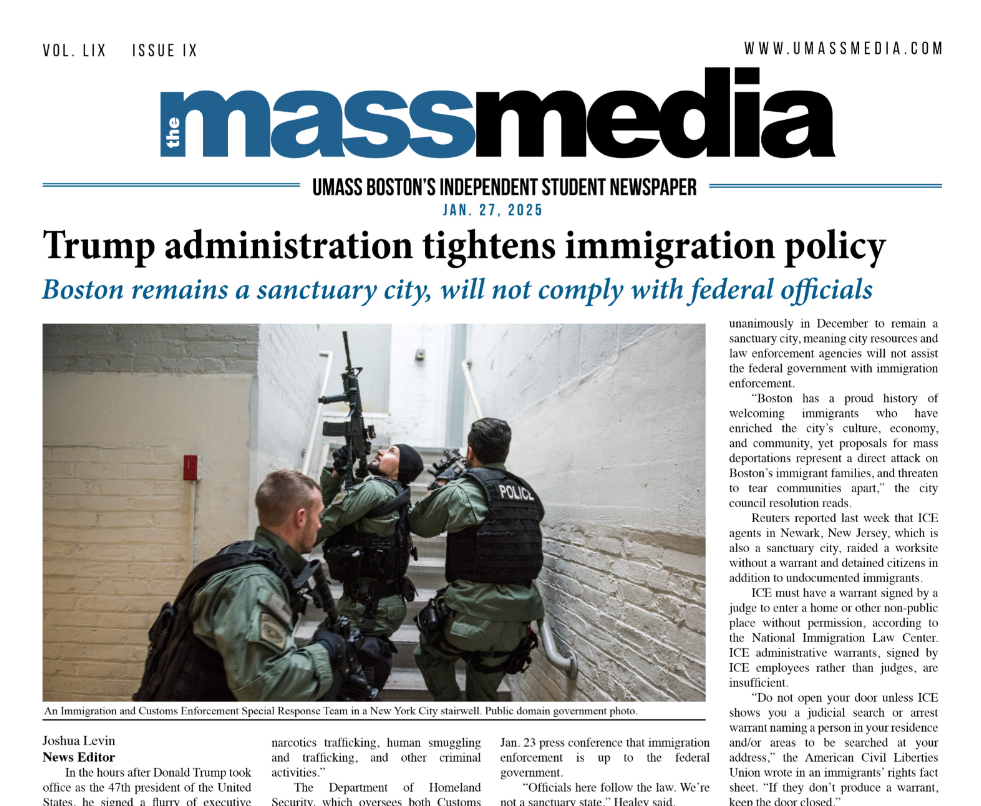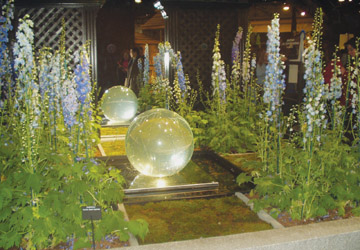New England Spring Flower Show: “Deeply Rooted” in Capitalism
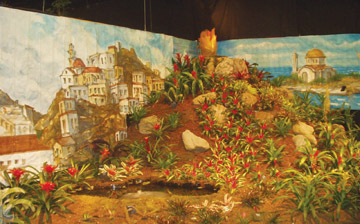
The New England Bromeliad Society explodes onto the scene with this mockup of a tropical habitat.
March 25, 2004
The green changing hands at the 133rd annual New England Spring Flower Show had more to do with cash than fauna. Unfortunately, this year’s theme, “Deeply Rooted,” with over 250 retailers packing the Bayside Expo Center, demonstrated a greater respect for gadgets than gardens. What should have been the Massachusetts Horticultural Society’s verdant variety show instead turned into a gaudy bazaar selling lamps, spas, and massages. This year’s acreage featured more commercial than creative appeal.
UMass Boston’s display was noticeably absent. When I asked Jim Allen, head of the UMB greenhouses located on the fourth floor of the Science Building, he commented, “I don’t see the value of the Flower Show to the student body or the UMass Boston community. The educational value of the biology department’s exhibit doesn’t meet an audience.” He also cited the dilemma of spring break falling on the same week as the show, March 13-21. UMass students are not in the area to attend the show and the children in attendance don’t have time to fully appreciate the display.
Despite the profit-making attitude of the show, there were a few evocative exhibits. Allen was able to participate by lending plants to the New England Bromeliad Society, of which he is a member. Their exhibit went to show that they’re “not so deeply rooted in America,” as bromeliads, plants of the pineapple family, are native to Central and South America. A fake volcano, complete with tissue paper flames blowing out the top, and colonial-style city acted as a fun, colorful backdrop for a virtual mountain of these epiphytic plants.
Although UMB did not participate, UMass Amherst’s Stockbridge School of Agriculture received a bronze medal for a “great variety of material…and good use of forced material,” from the NESFS judges for their simple patio with matching mesh metal chairs and table.
The Children’s Poster Contest took the “deeply rooted” theme to a number of levels and displayed a greater diversity in ideas than their adult counterparts. With drawings from children in grades 1-6, the students interpreted the concept in a symbolic manner, like in one patriotic poster showing the American Flag surrounded by tulips, and in a literal manner in another depicting a carrot lodged deep within the earth.
Another exhibit, done by the Holbrows, a family who have been participating for a century now, appealed to audience members of all ages. Based upon the 1909 German fairytale, “The Story of the Root Children” by Sibylle von Olfers, this exhibit included little hobbit-like creatures huddled underground in an organic diorama using fungus and birch. The legend of the root children tells of creatures that hibernate during winter only to wake during spring. They make birds, plants, and flowers, which they then bring to the surface from their underground domains.
Parterre Garden Services went for a more simple and sophisticated look. Lilac and sky-blue delphiniums stood sentry around a square atop which sat a crystal ball. A gilt mirror and subtle lighting added an ethereal appearance to the water bubbling down the sides of the sphere. The judges summed up the presentation nicely with a little closing, “It’s Alive!” in their comments.
In spite of individuals’ efforts, the variety of flora was negatively balanced by the monotony of commercial displays. Although the Flower Show had its spots of color, for the most part it was disappointing, especially considering the $17-$20 adult admission fee.



